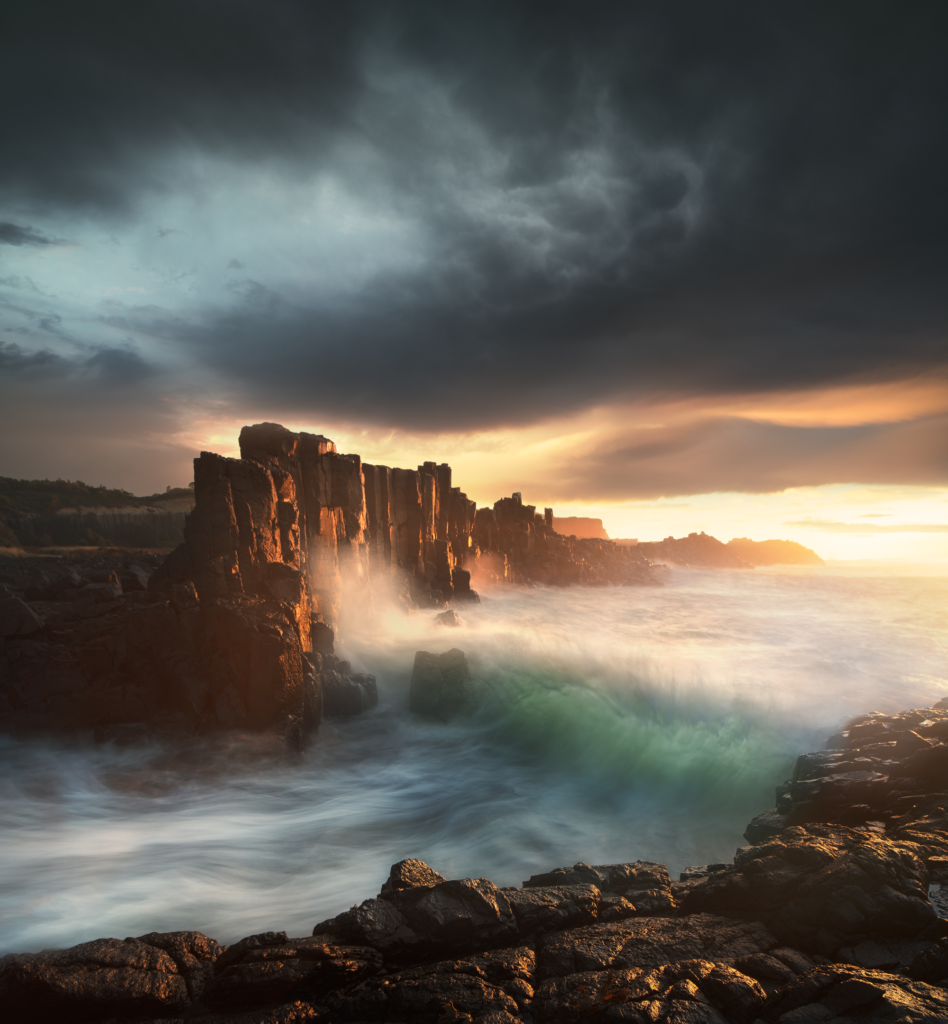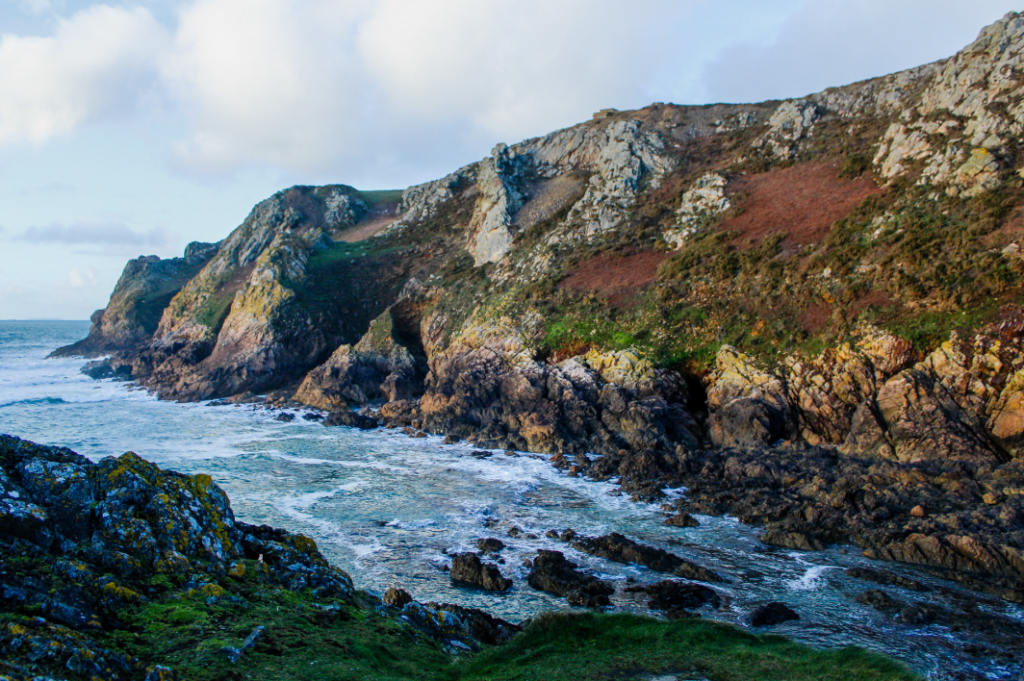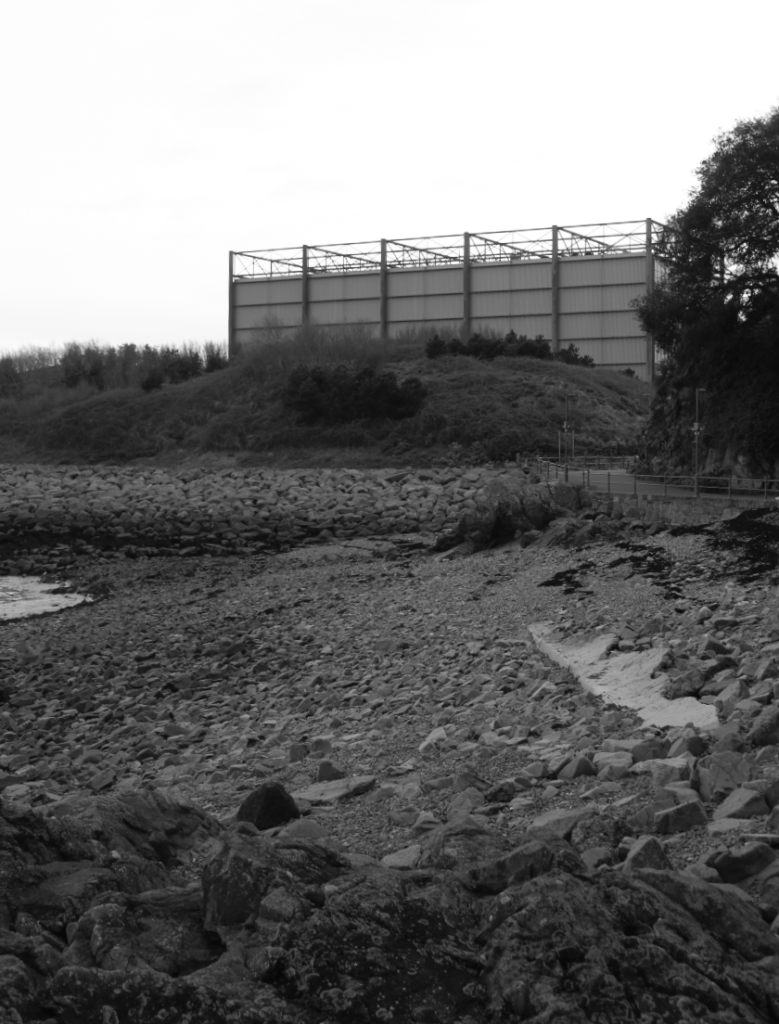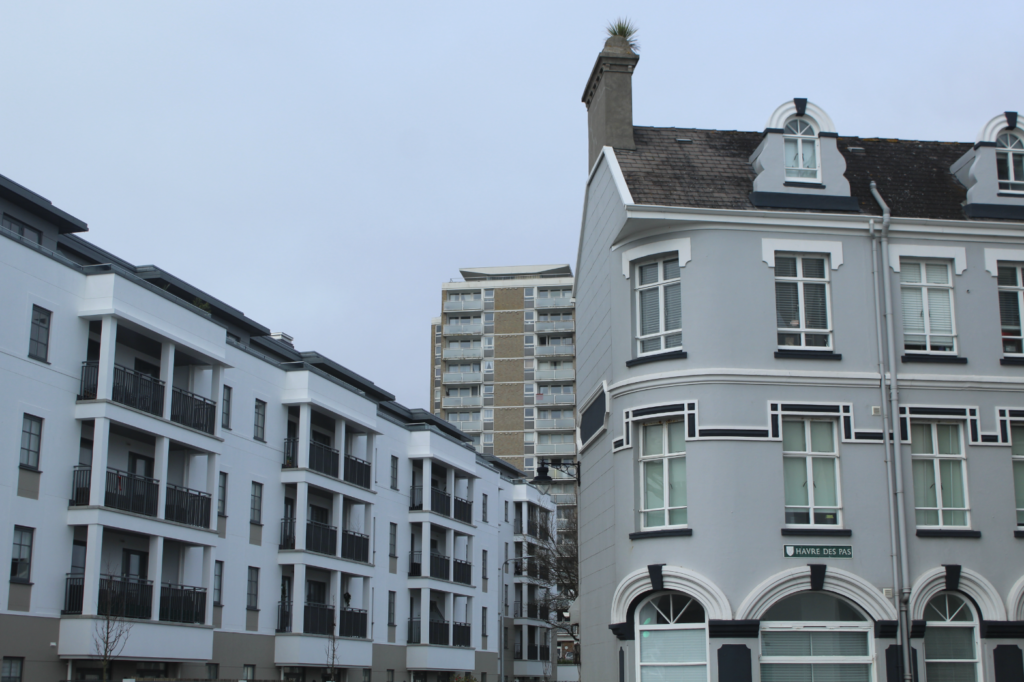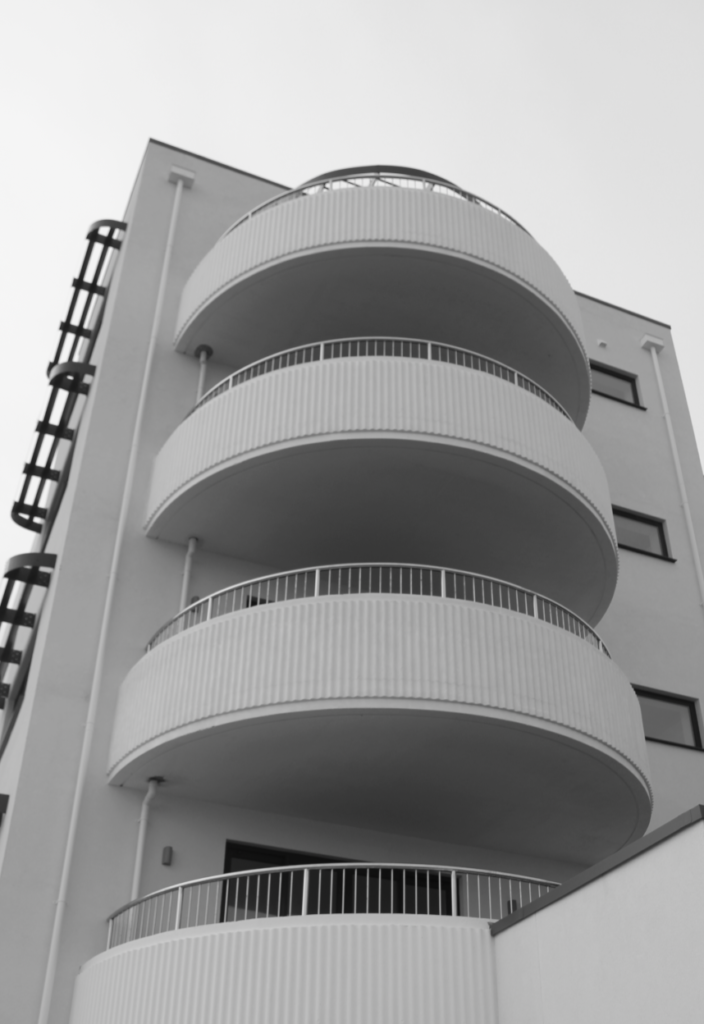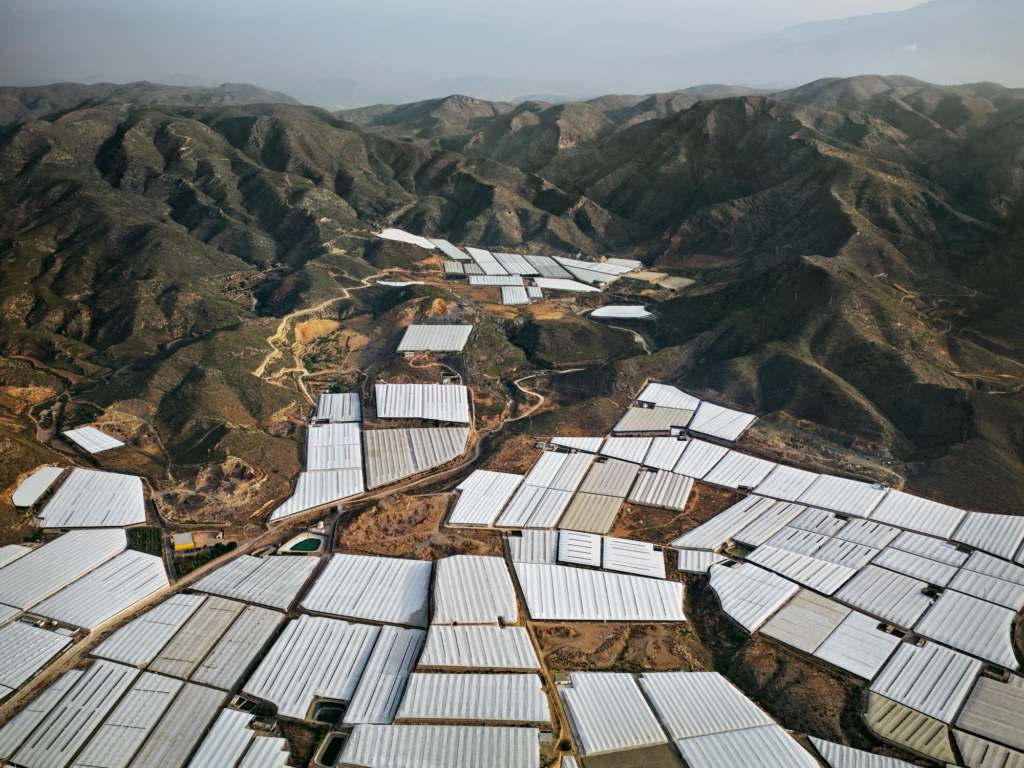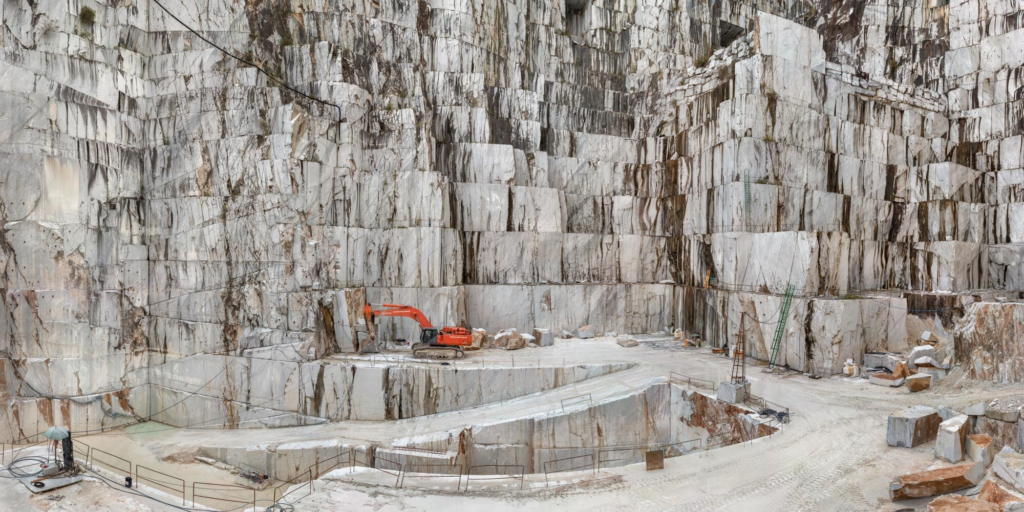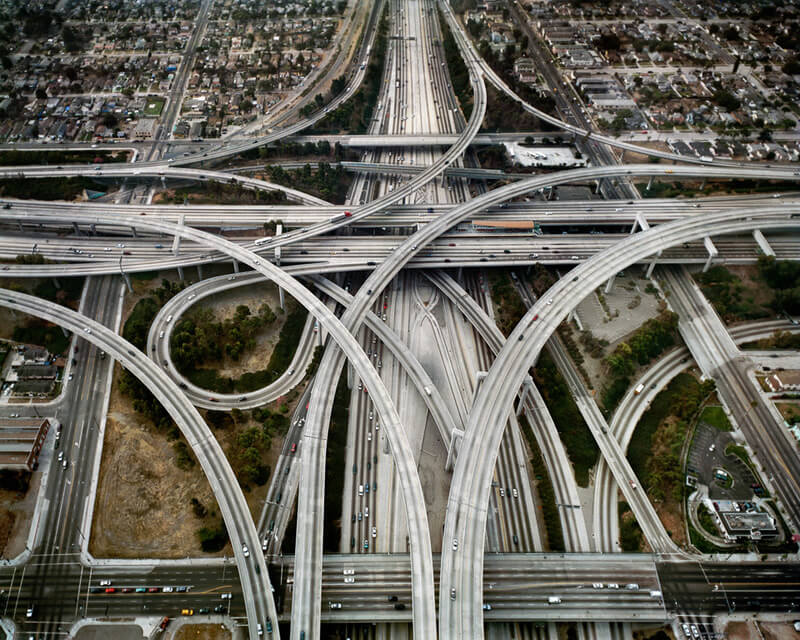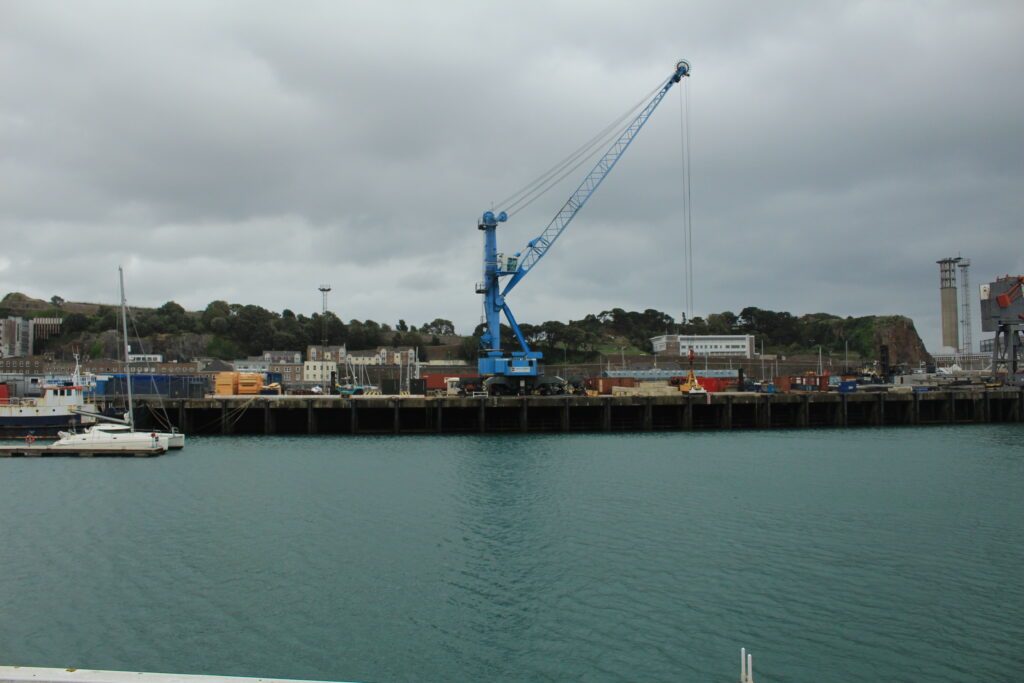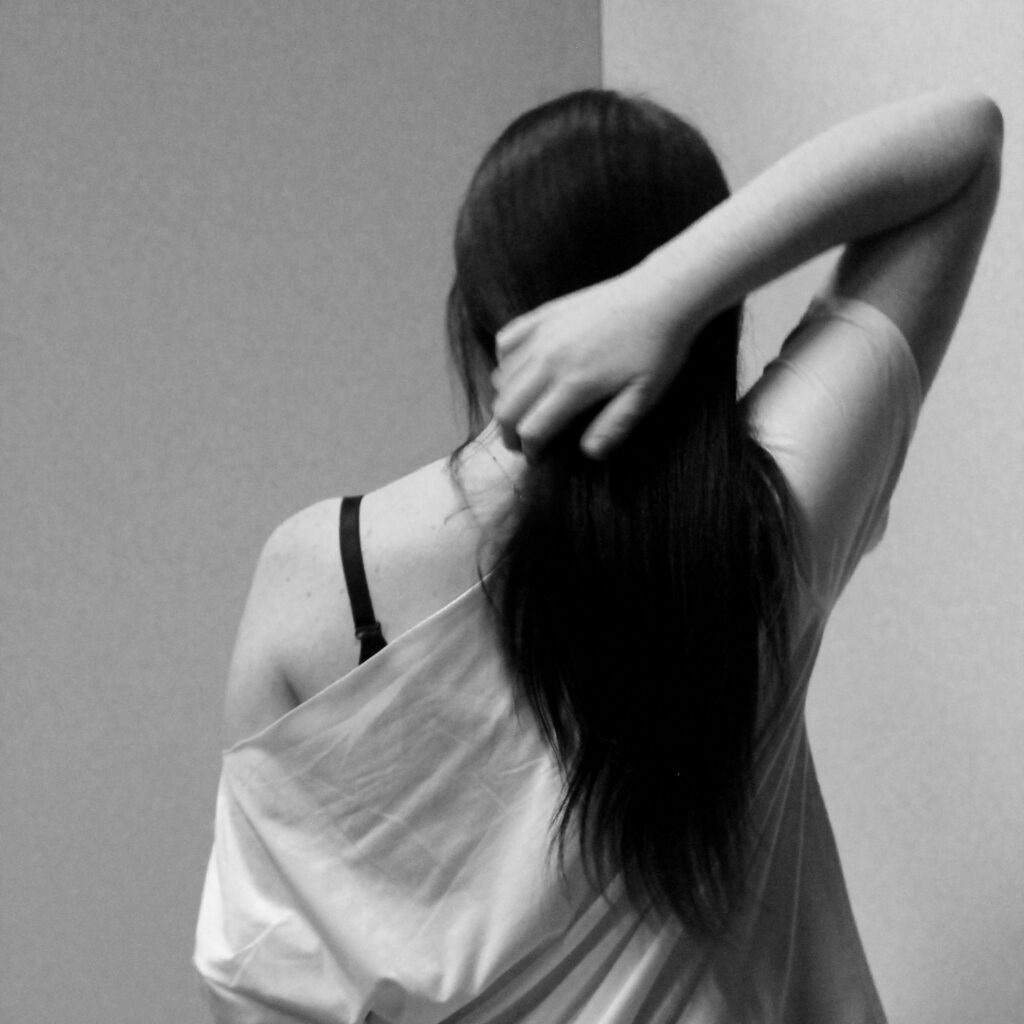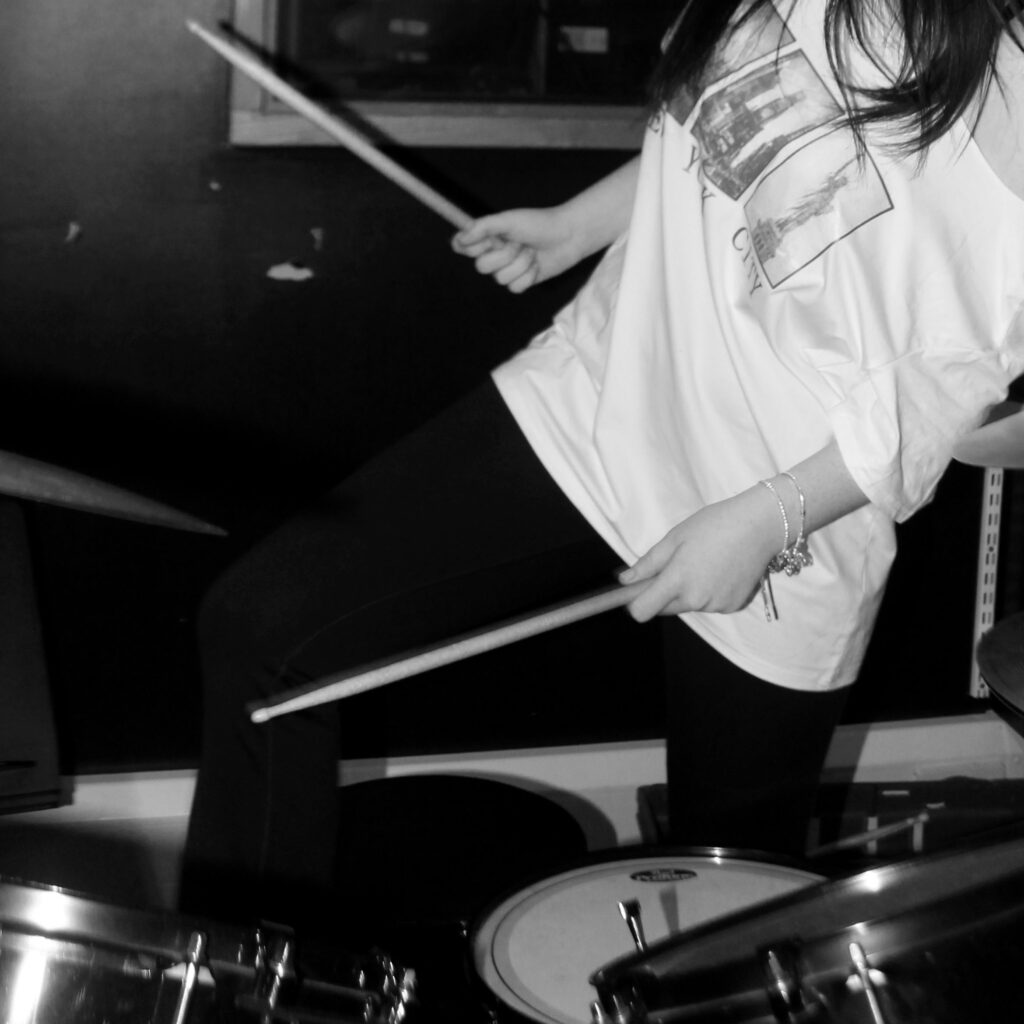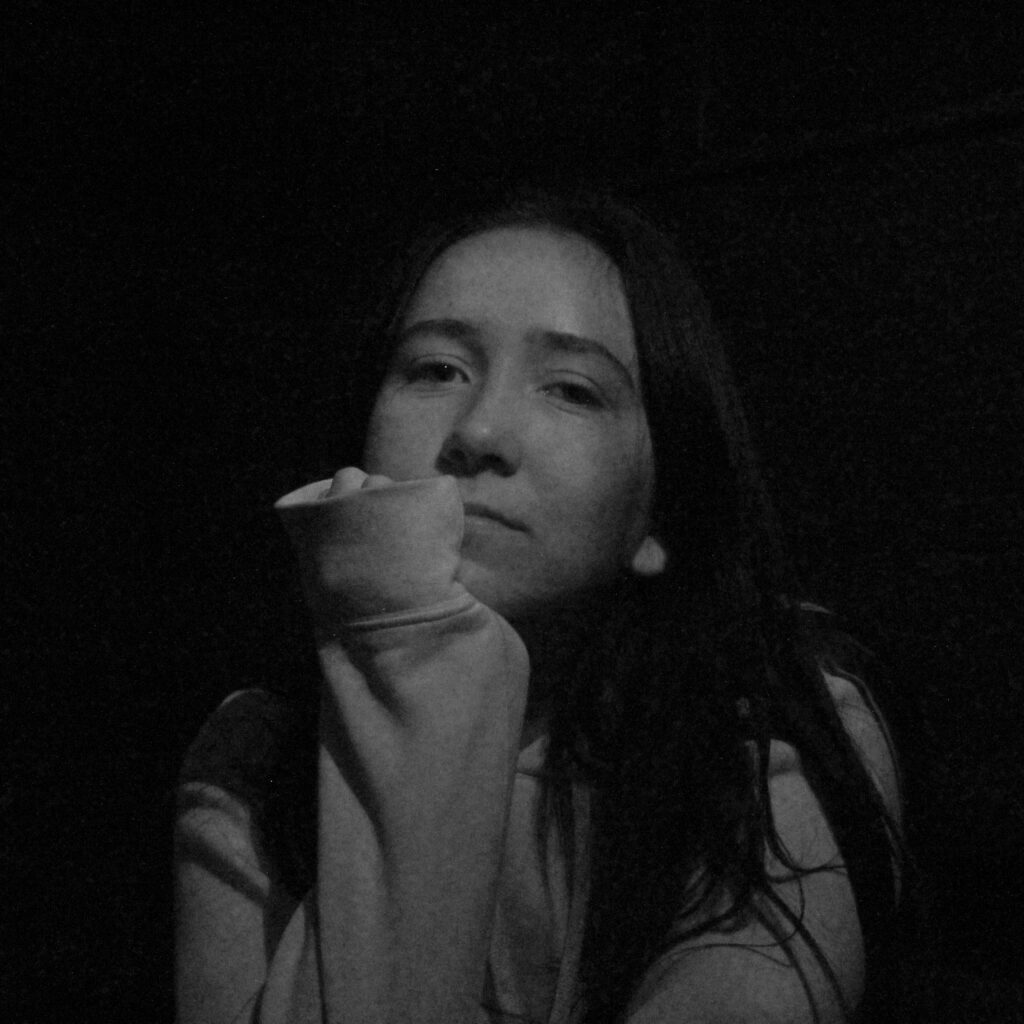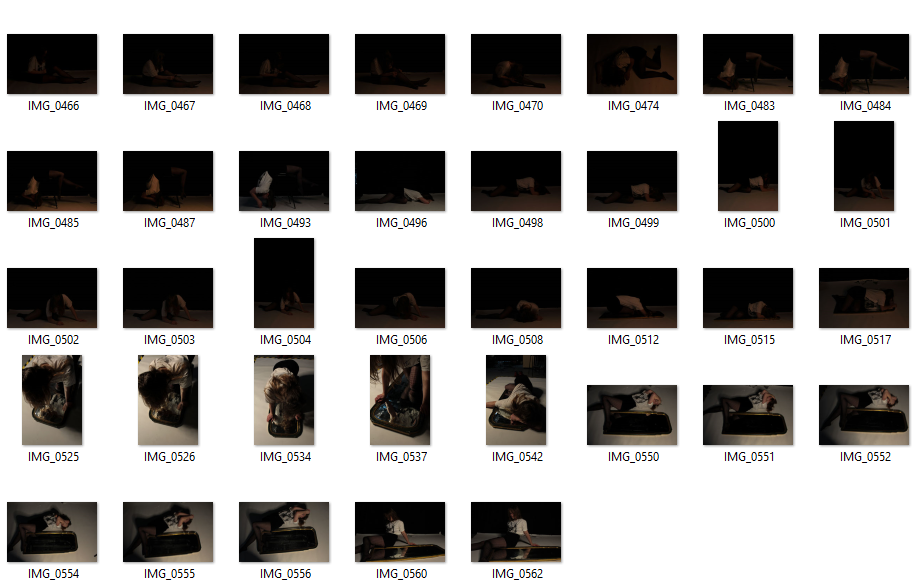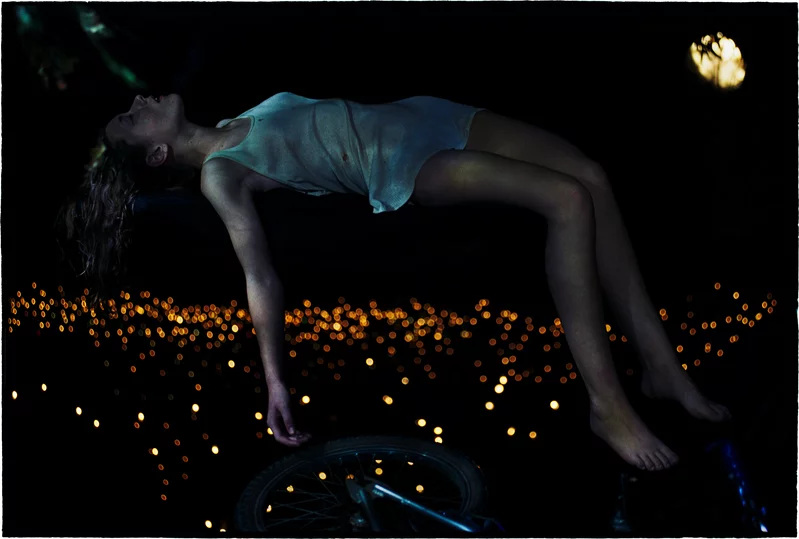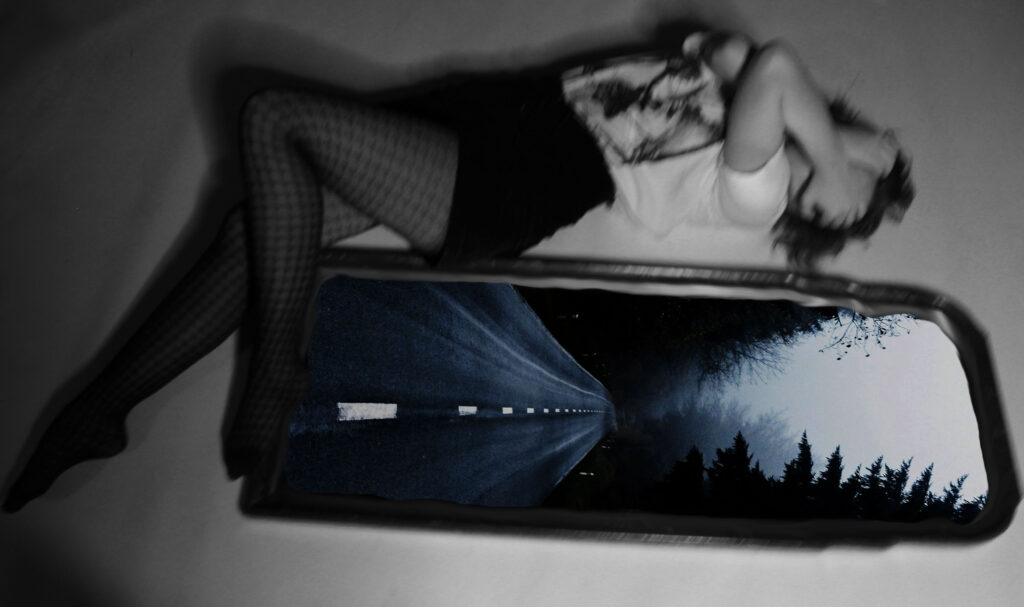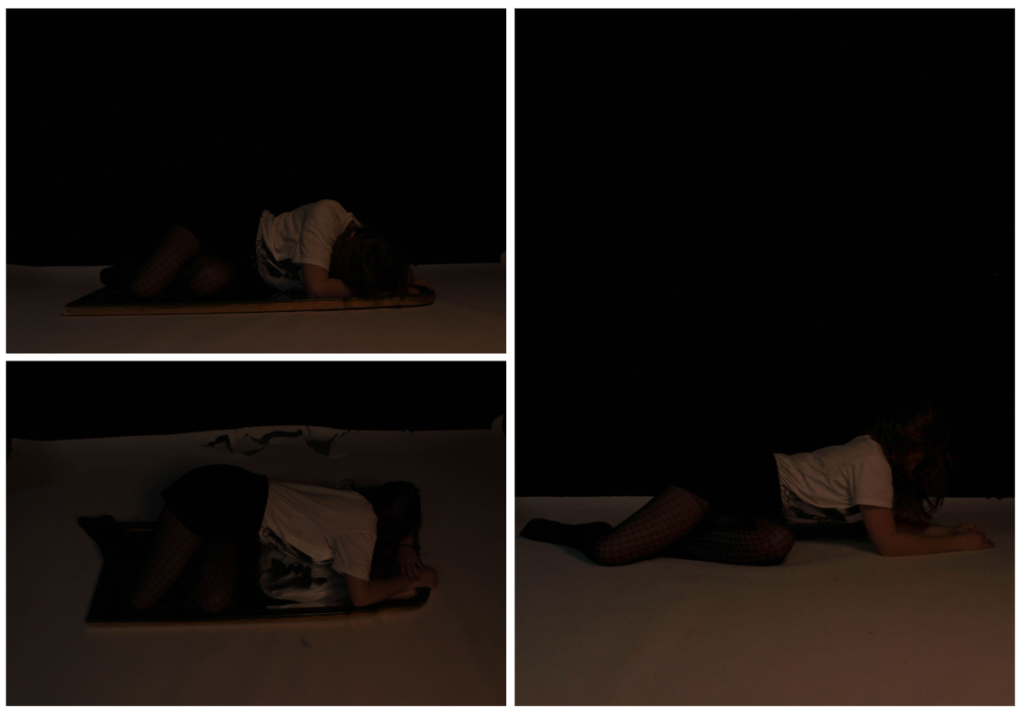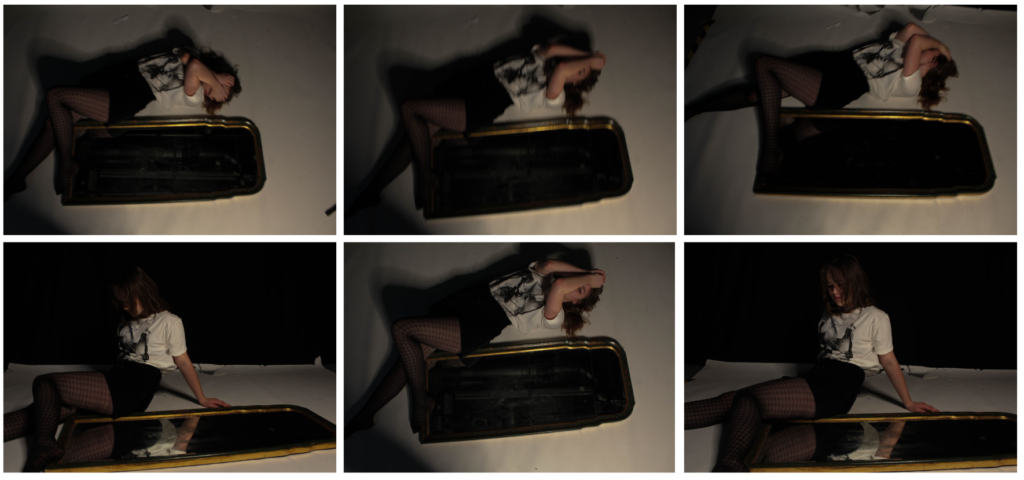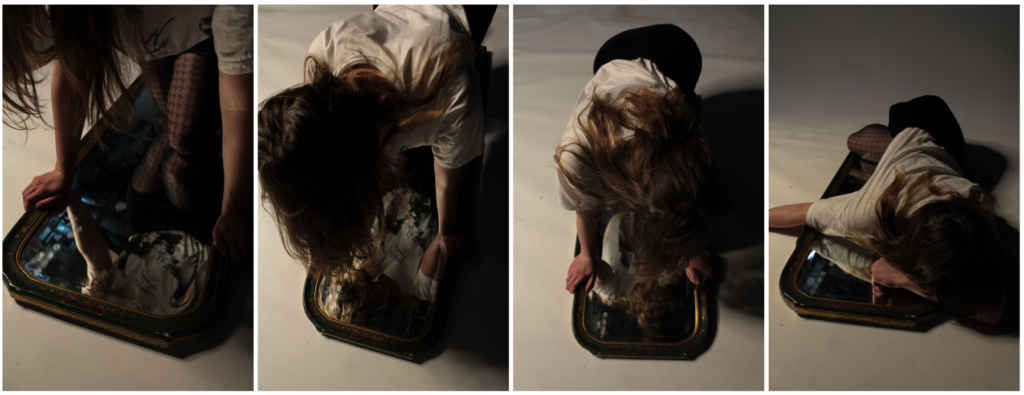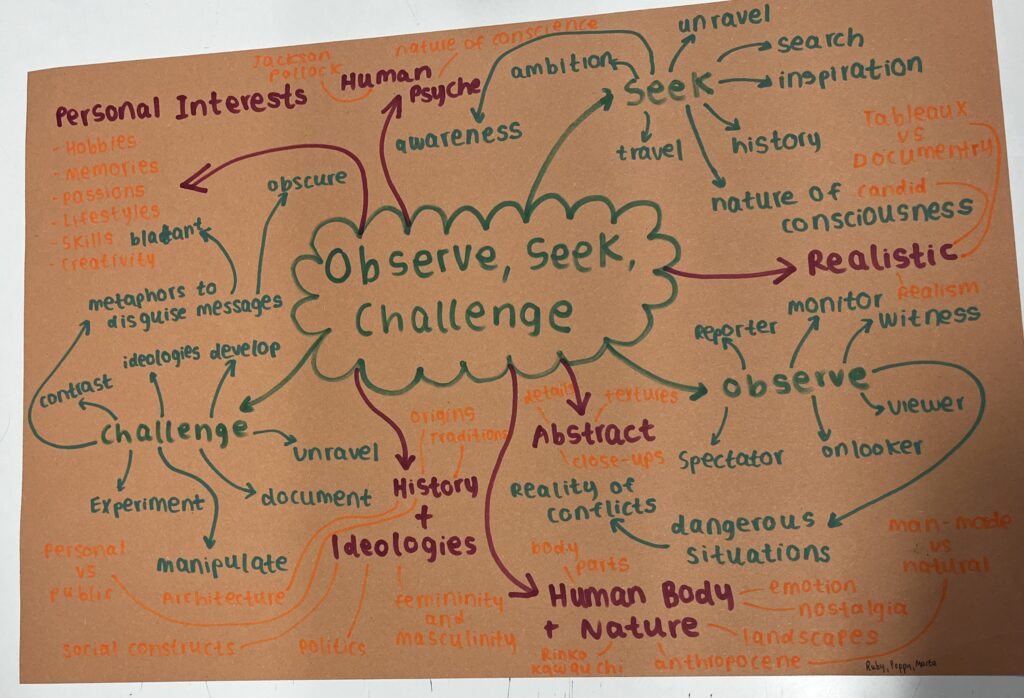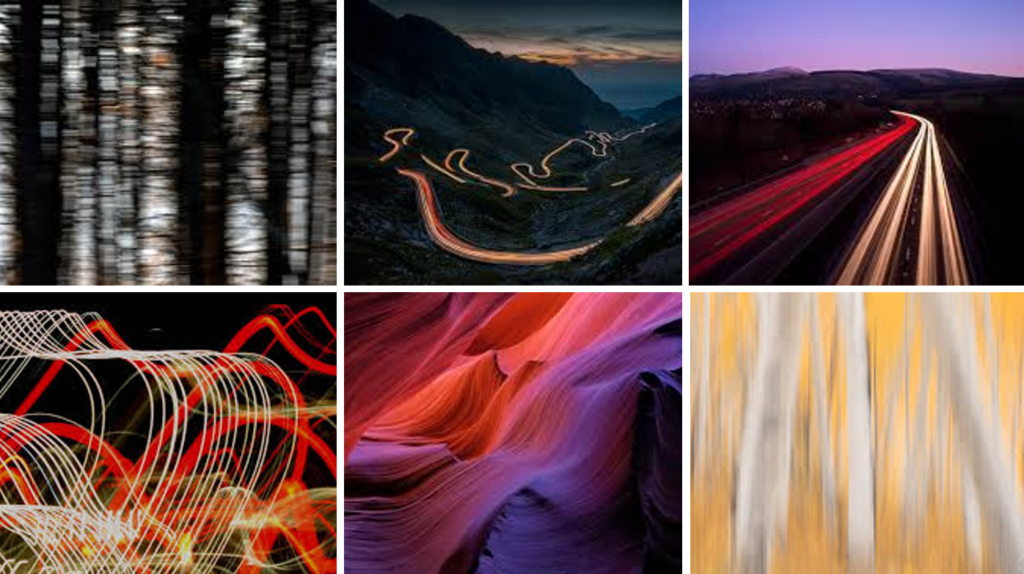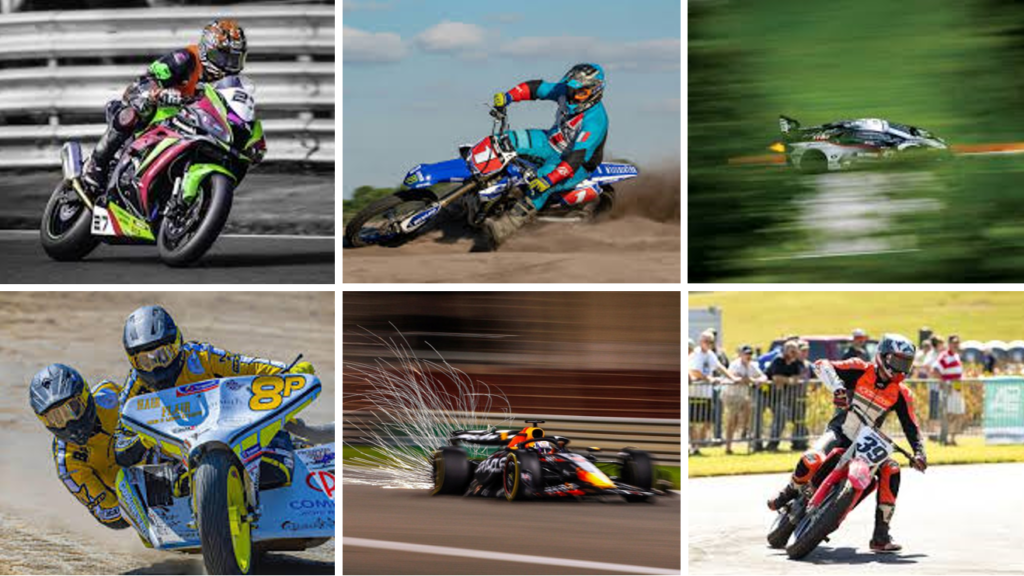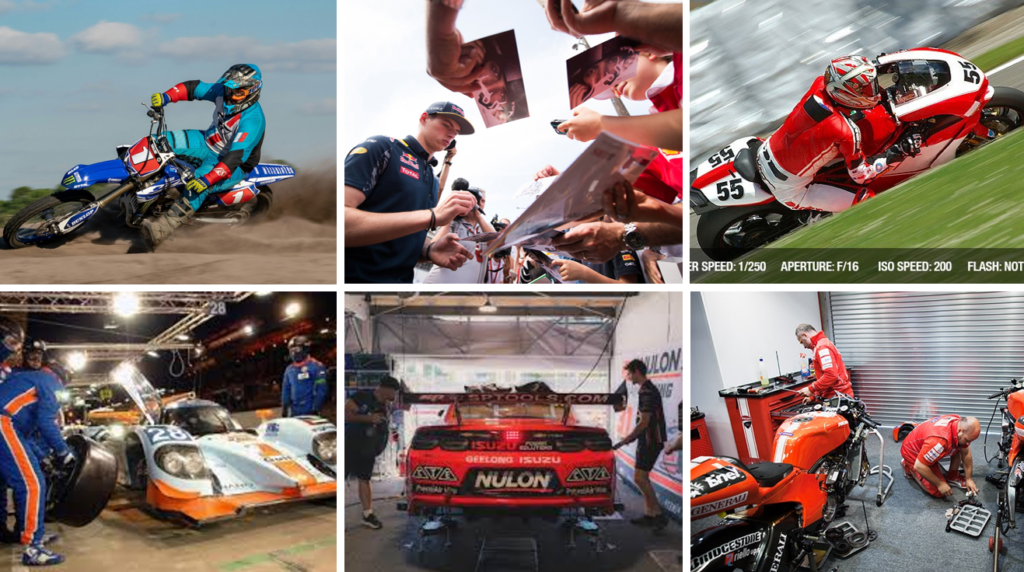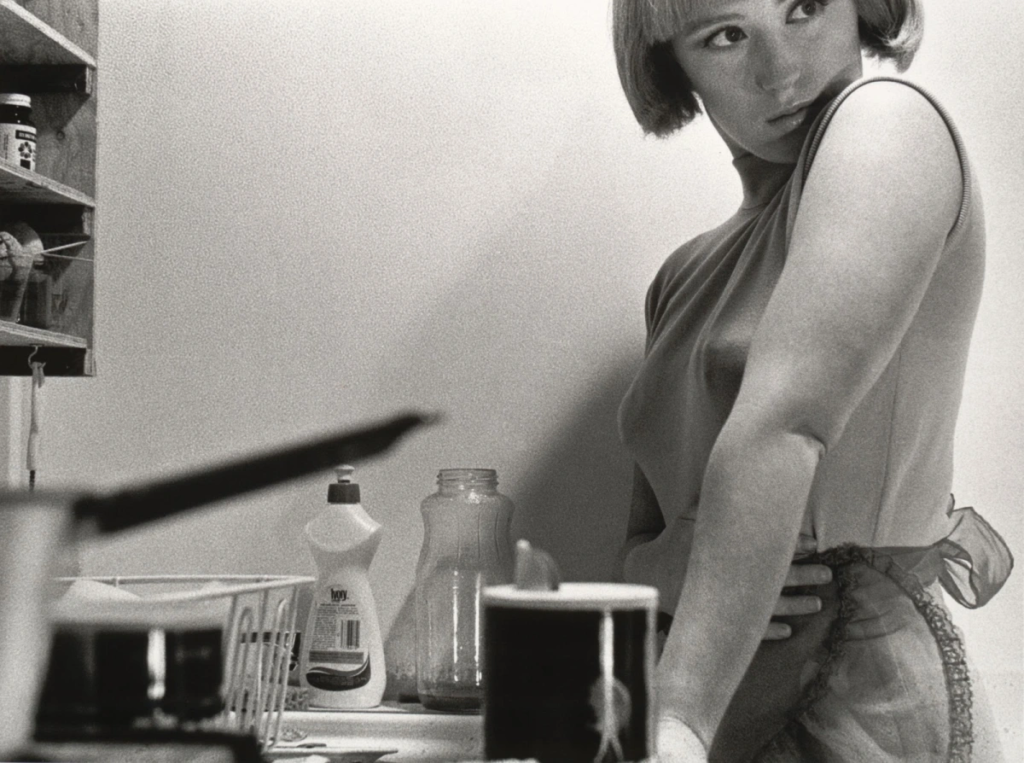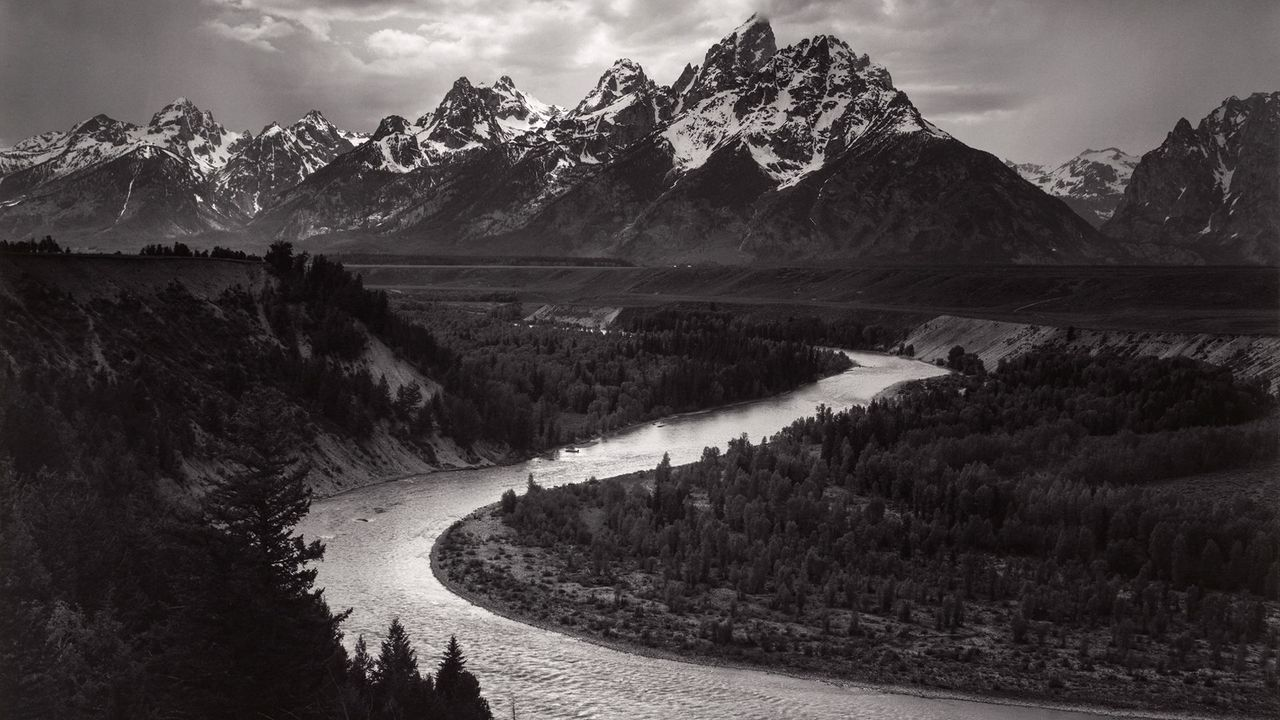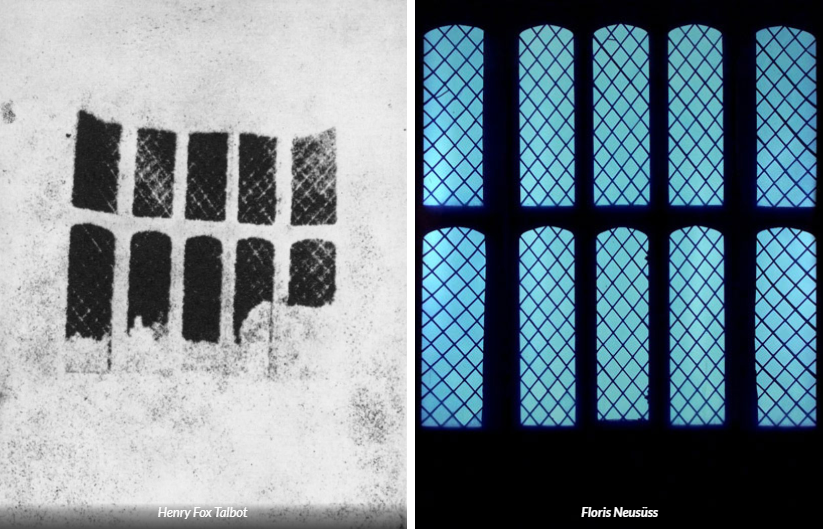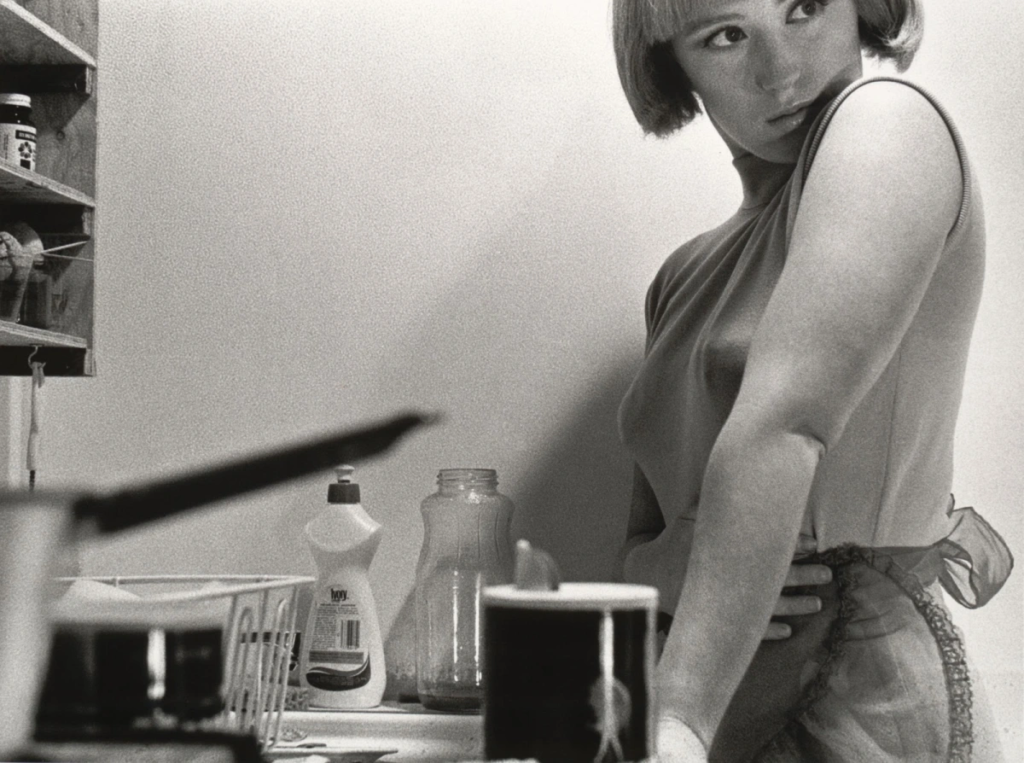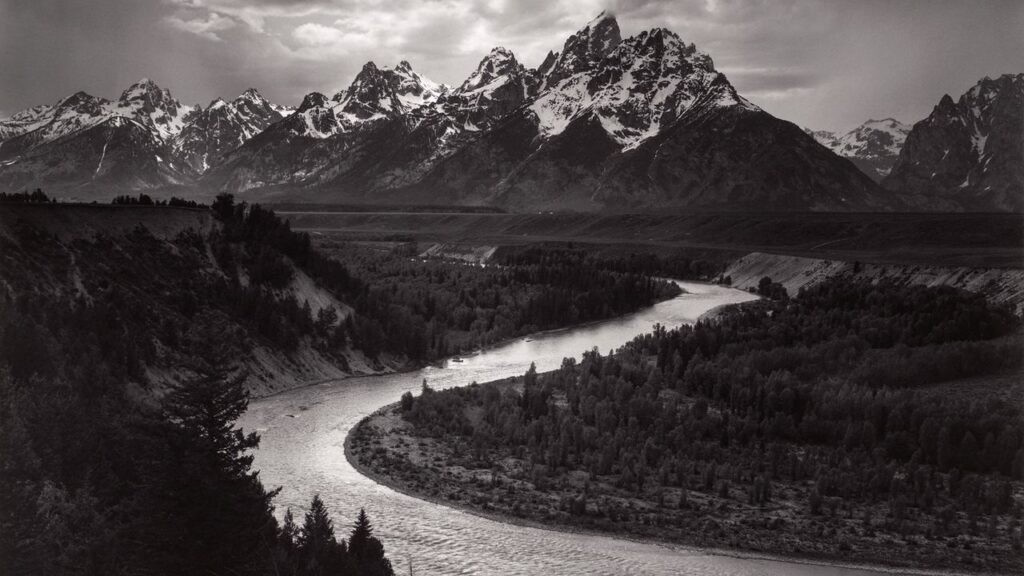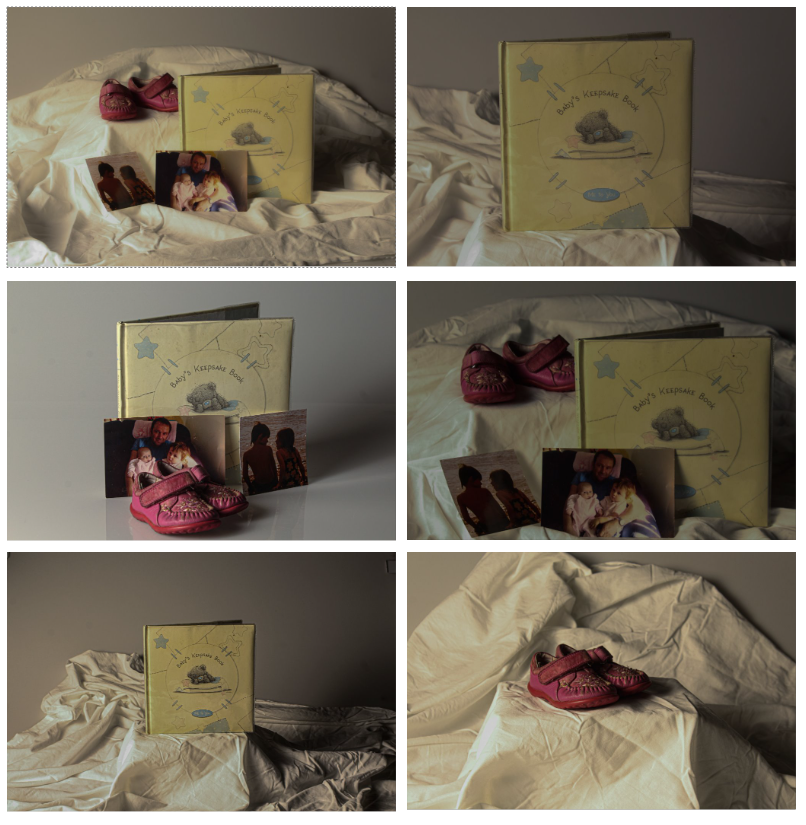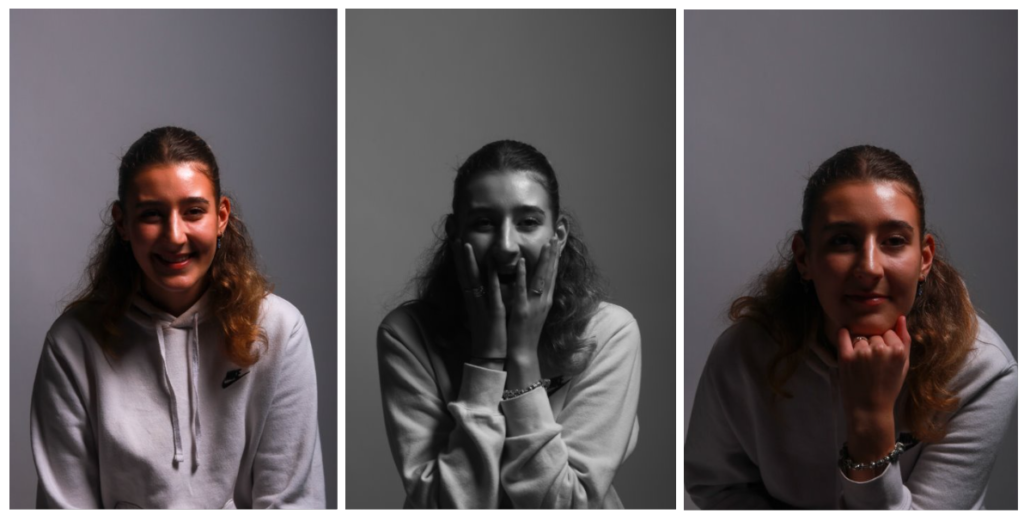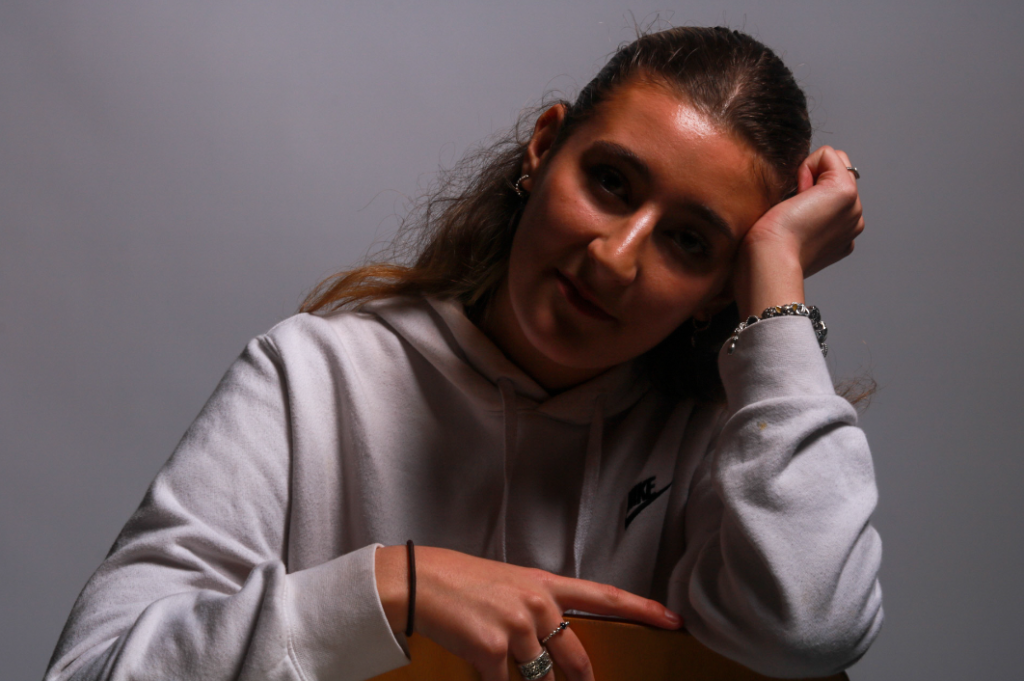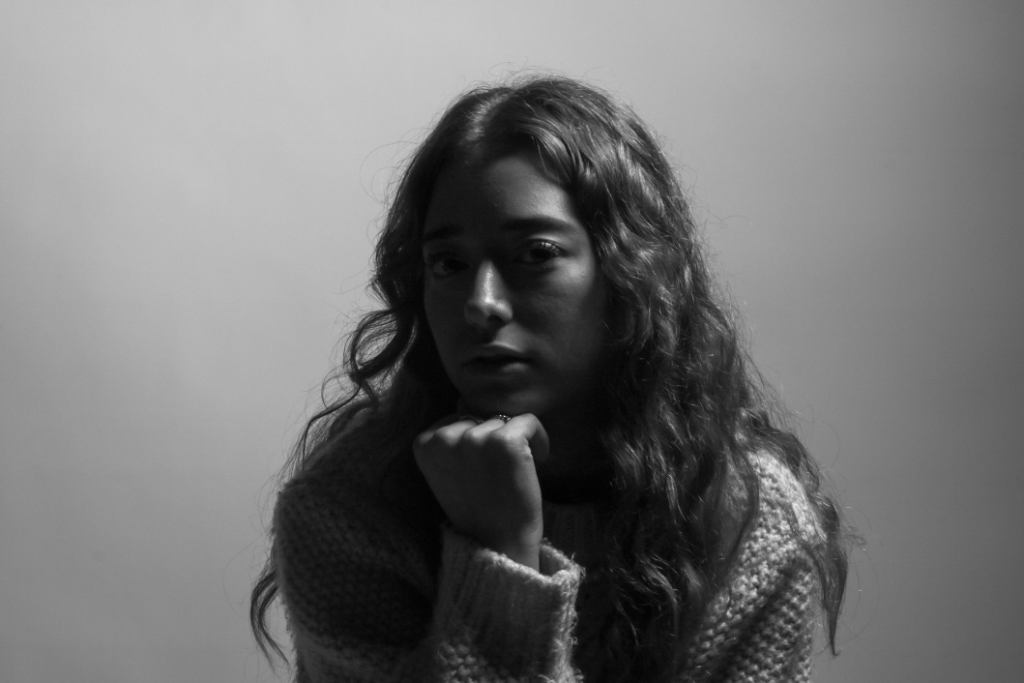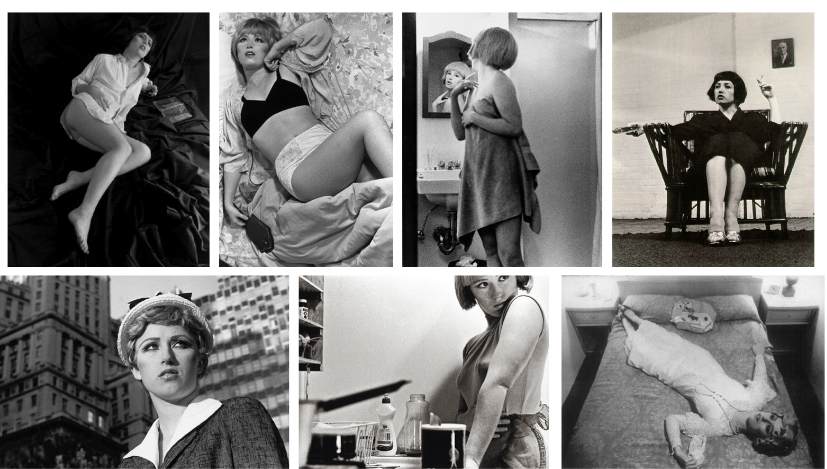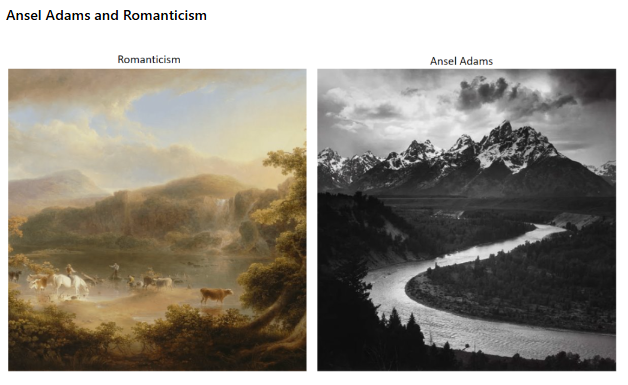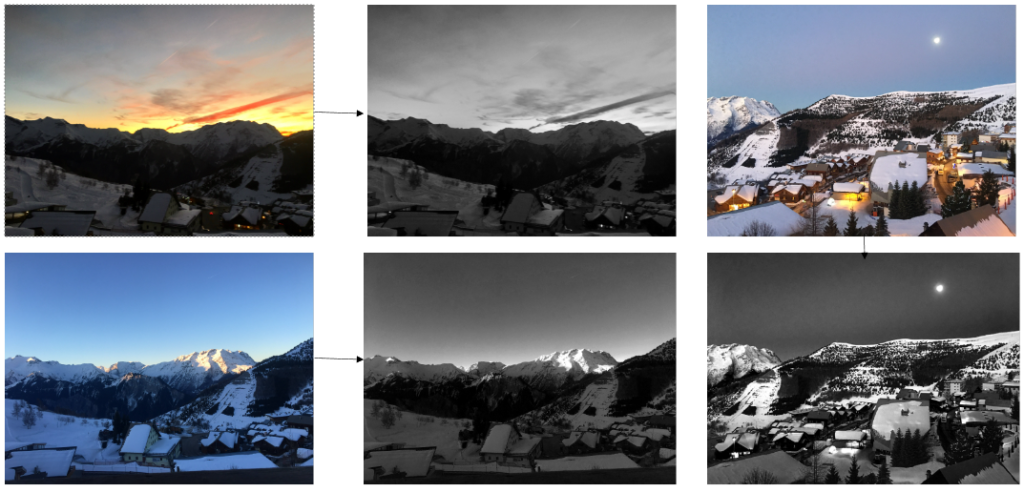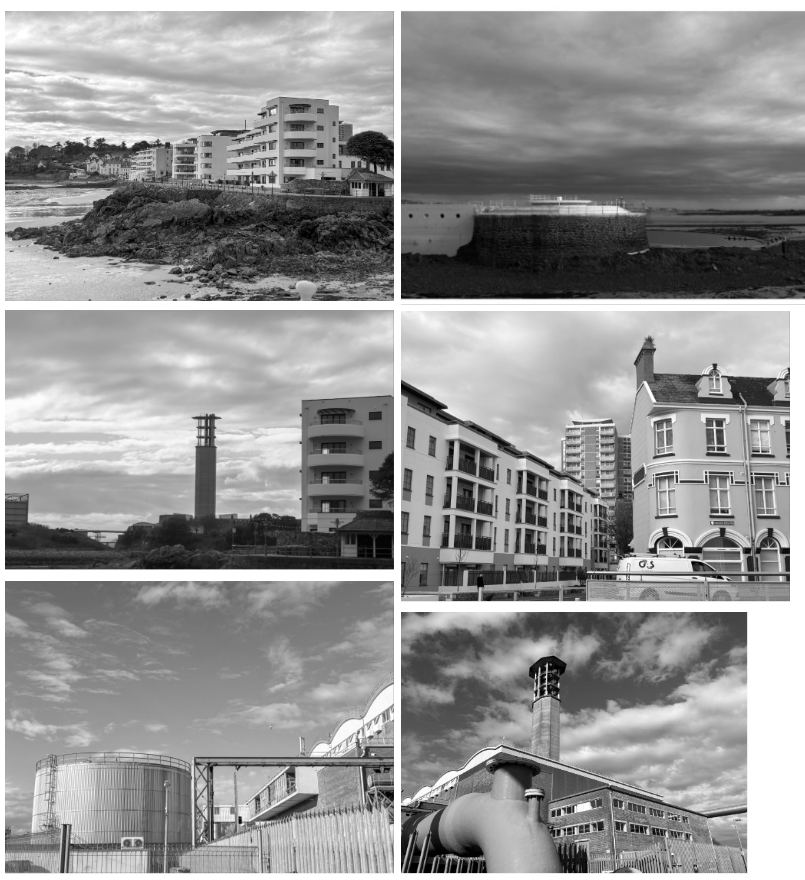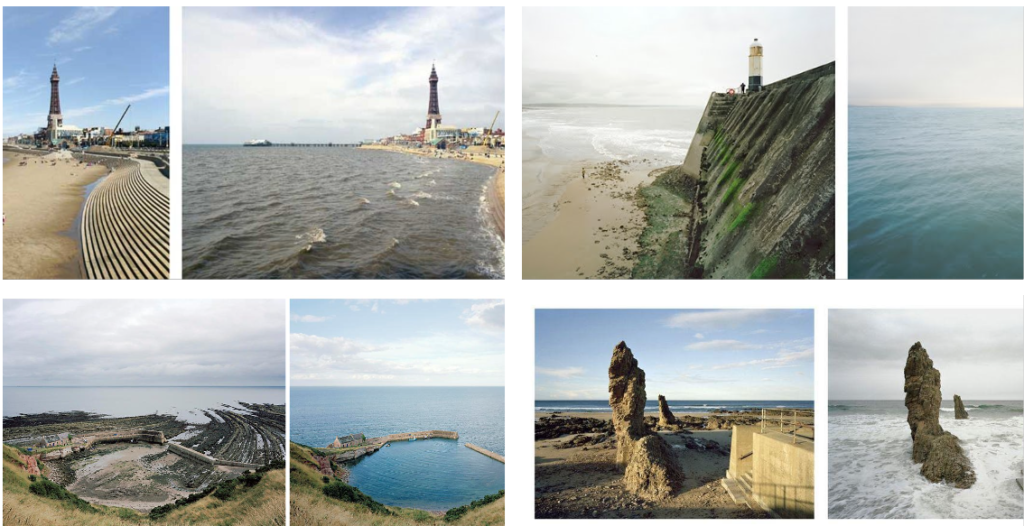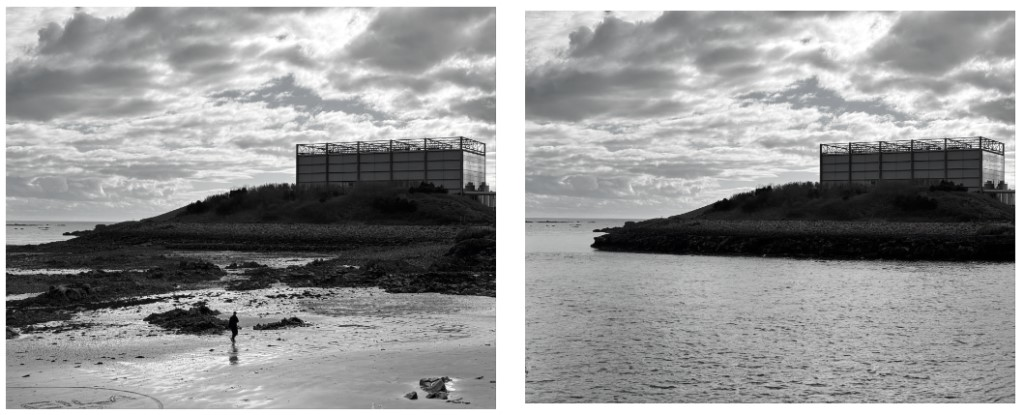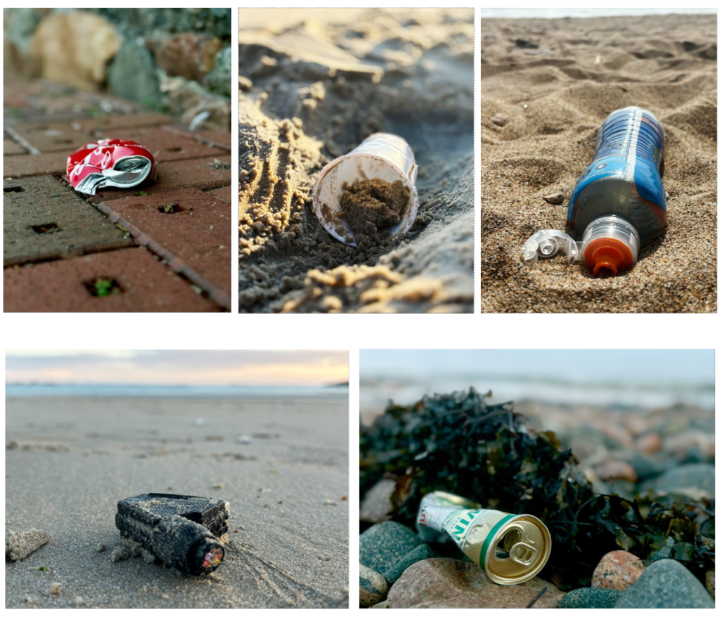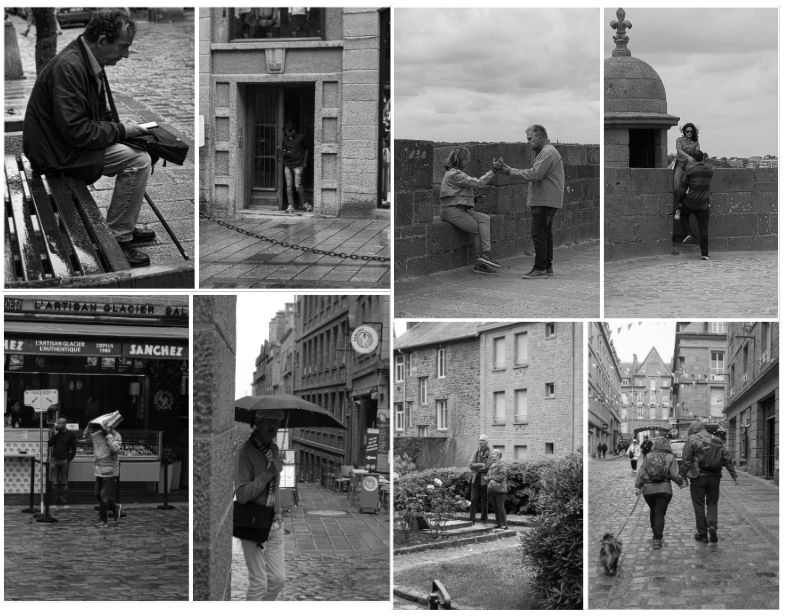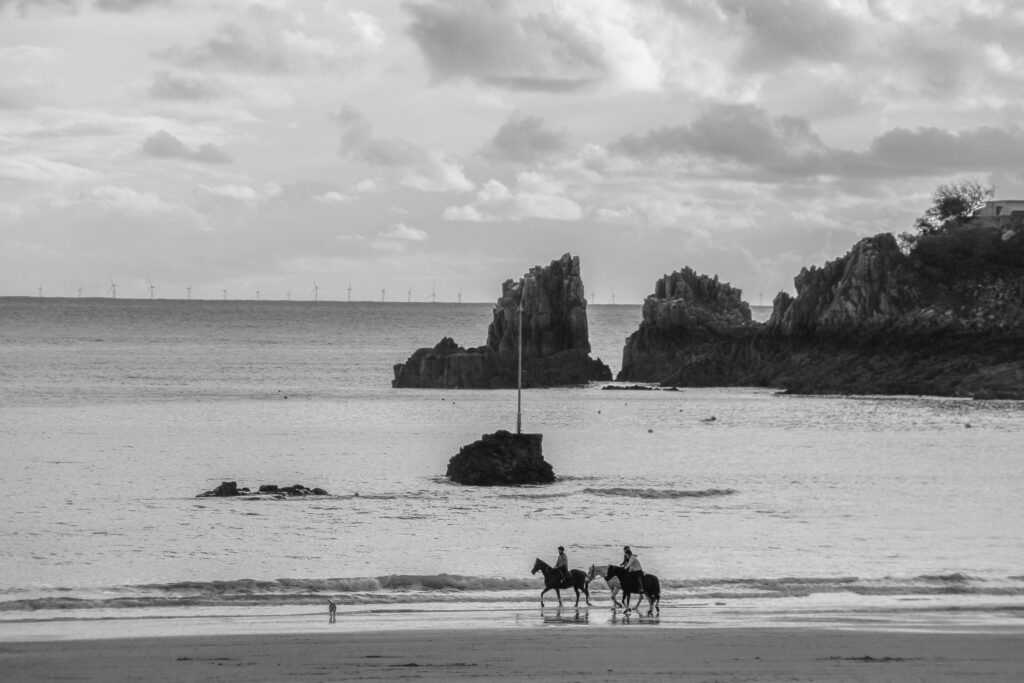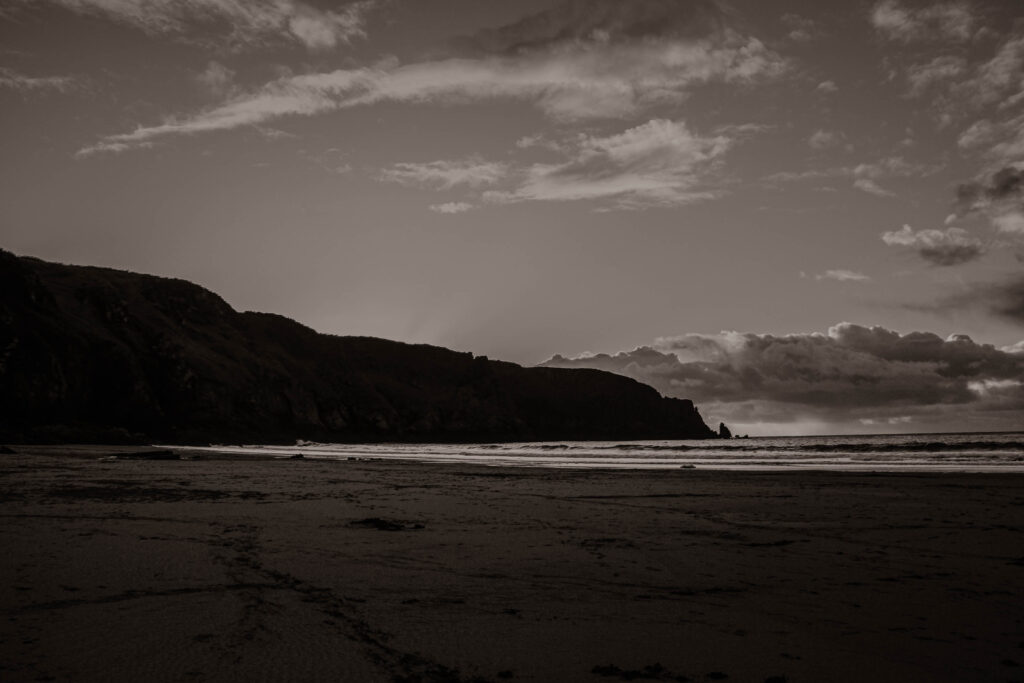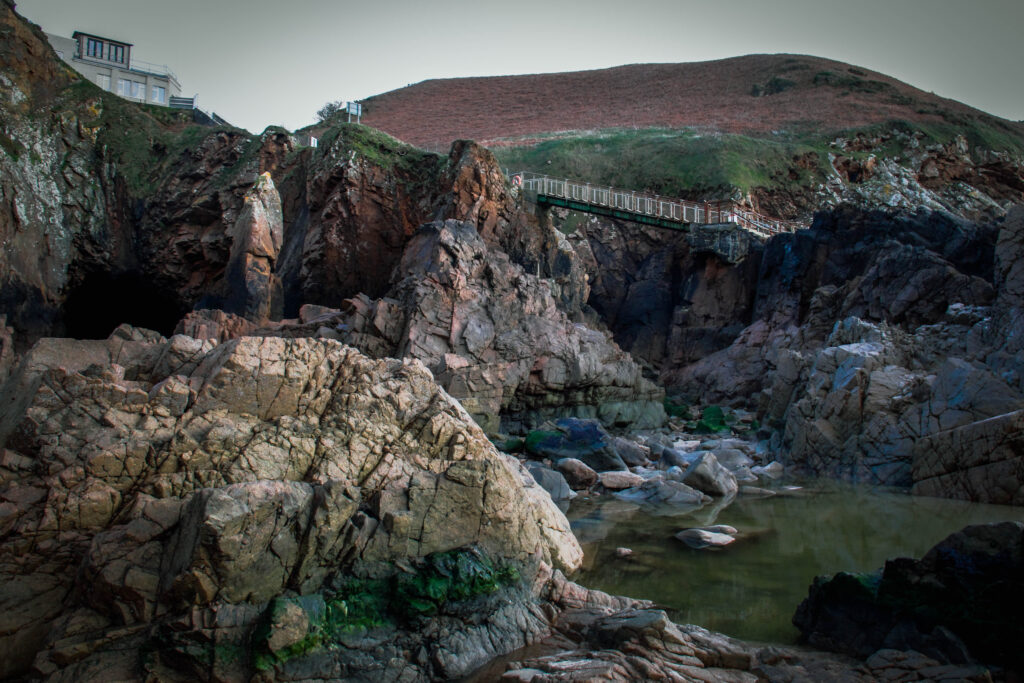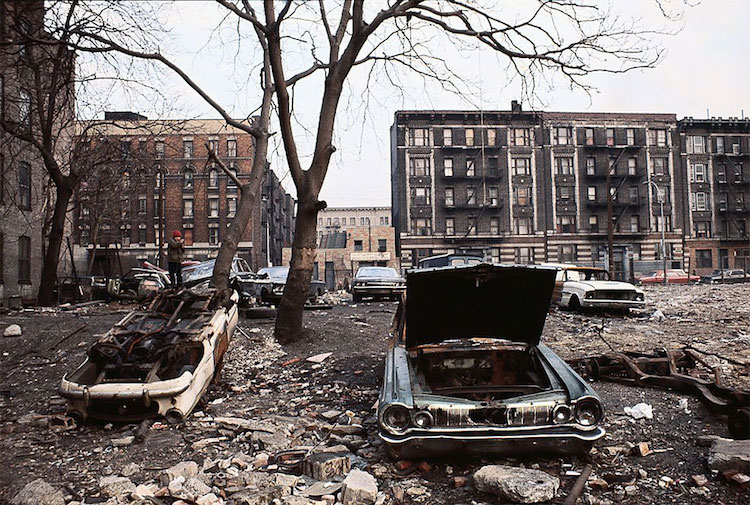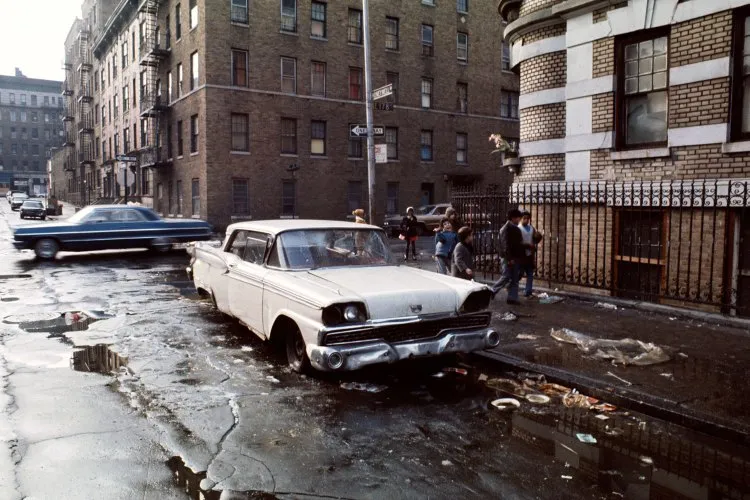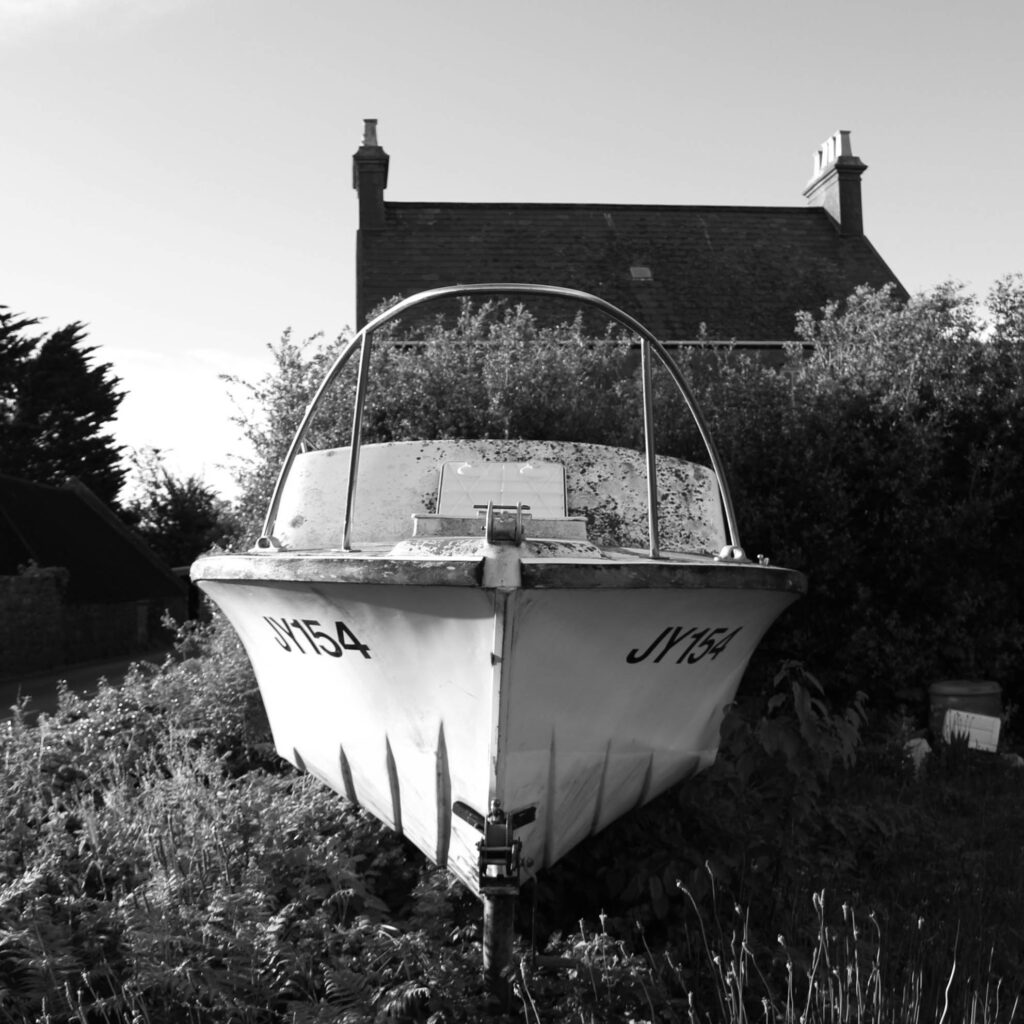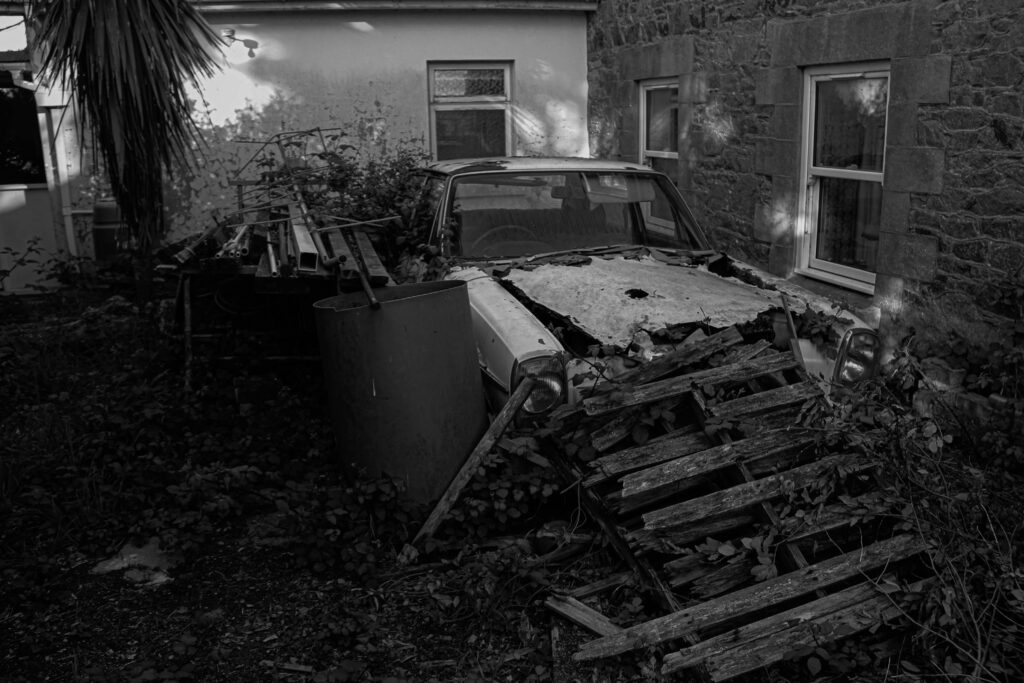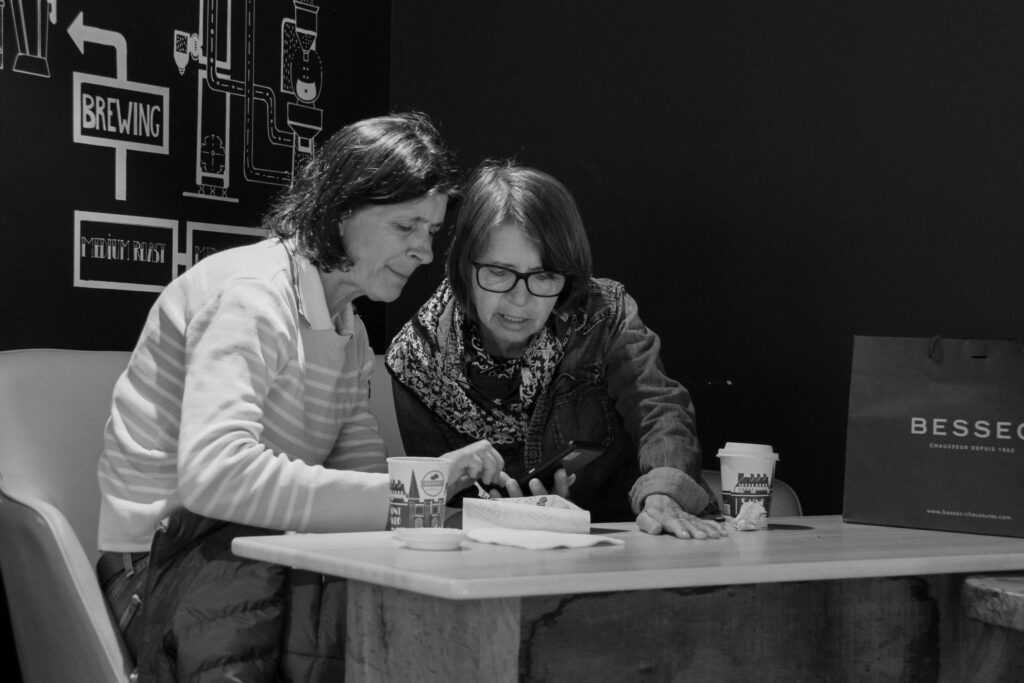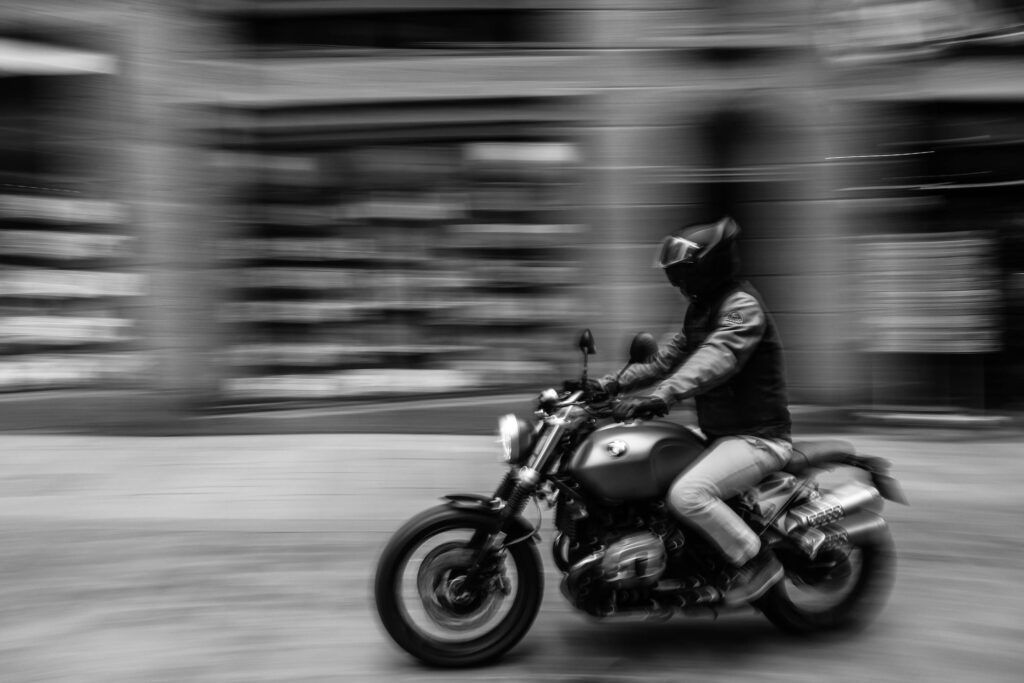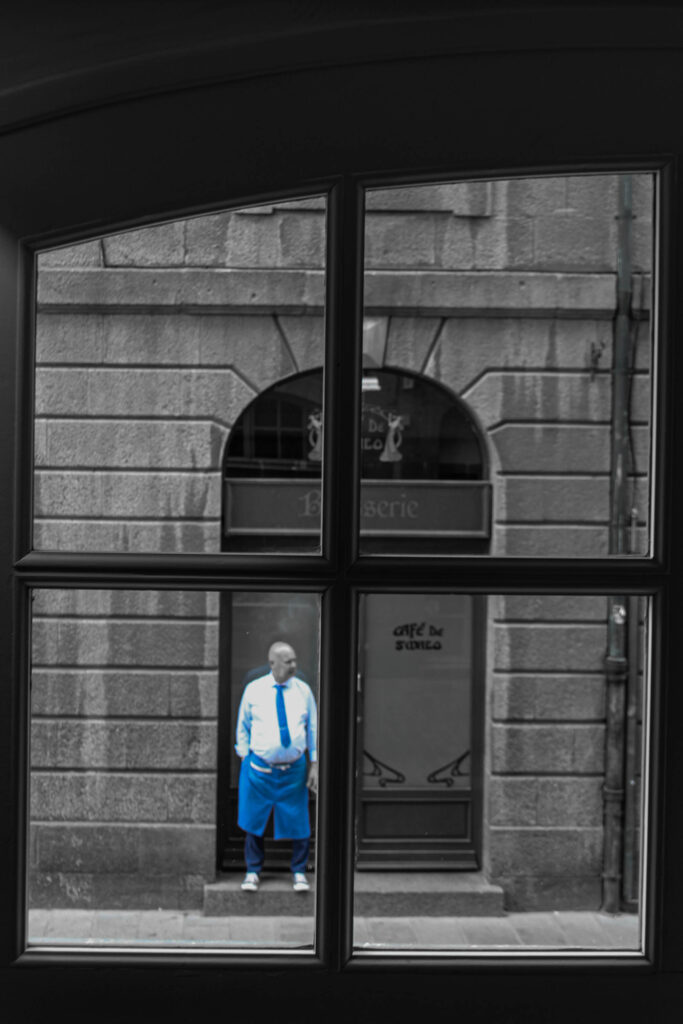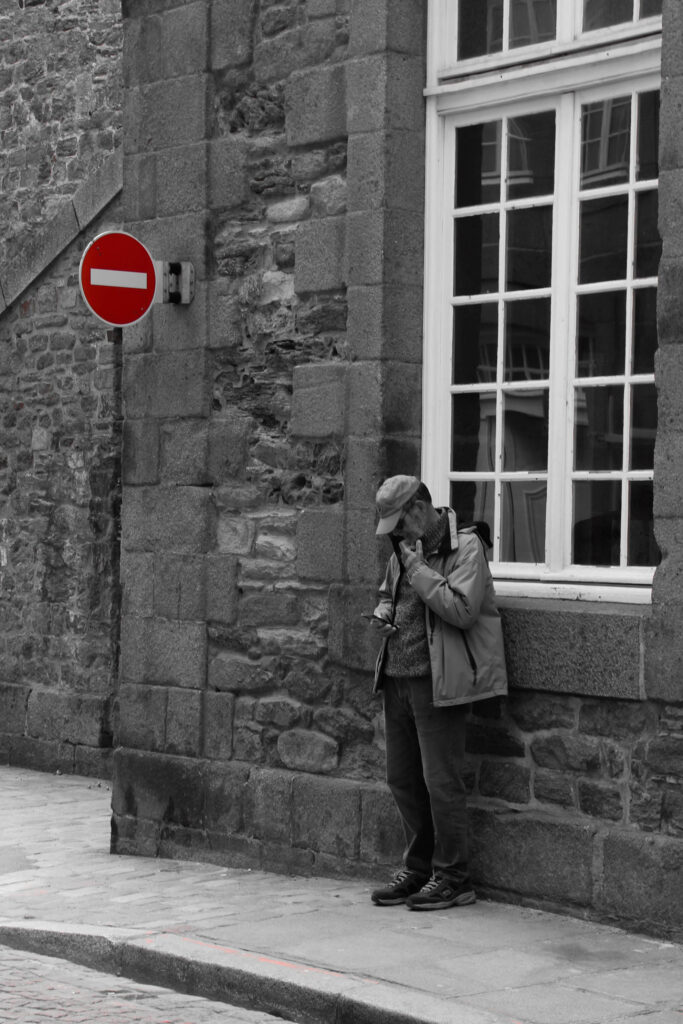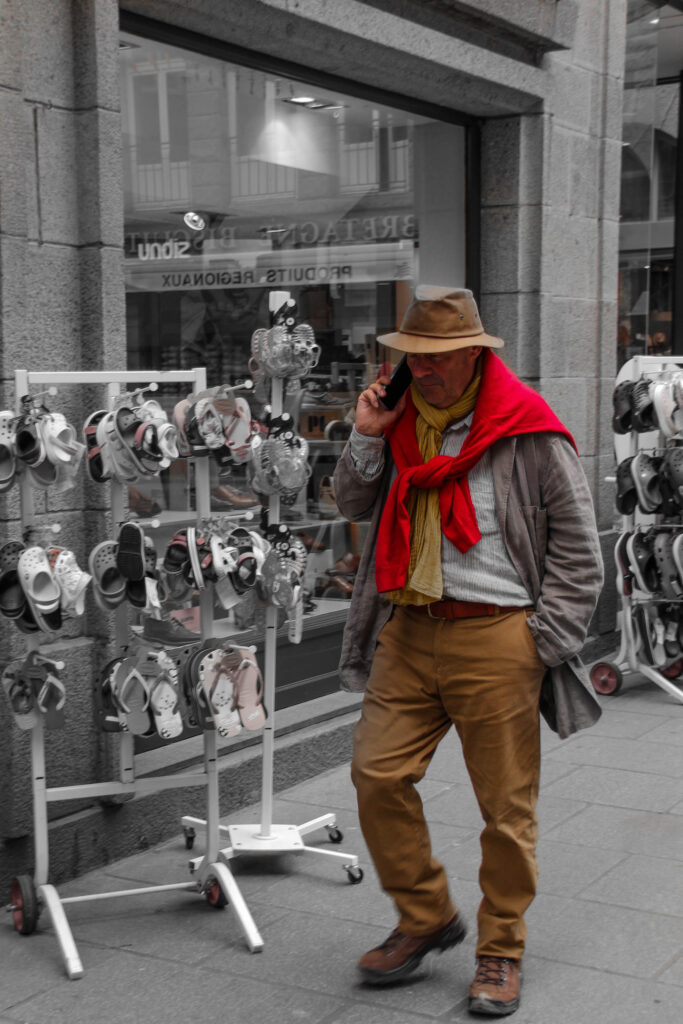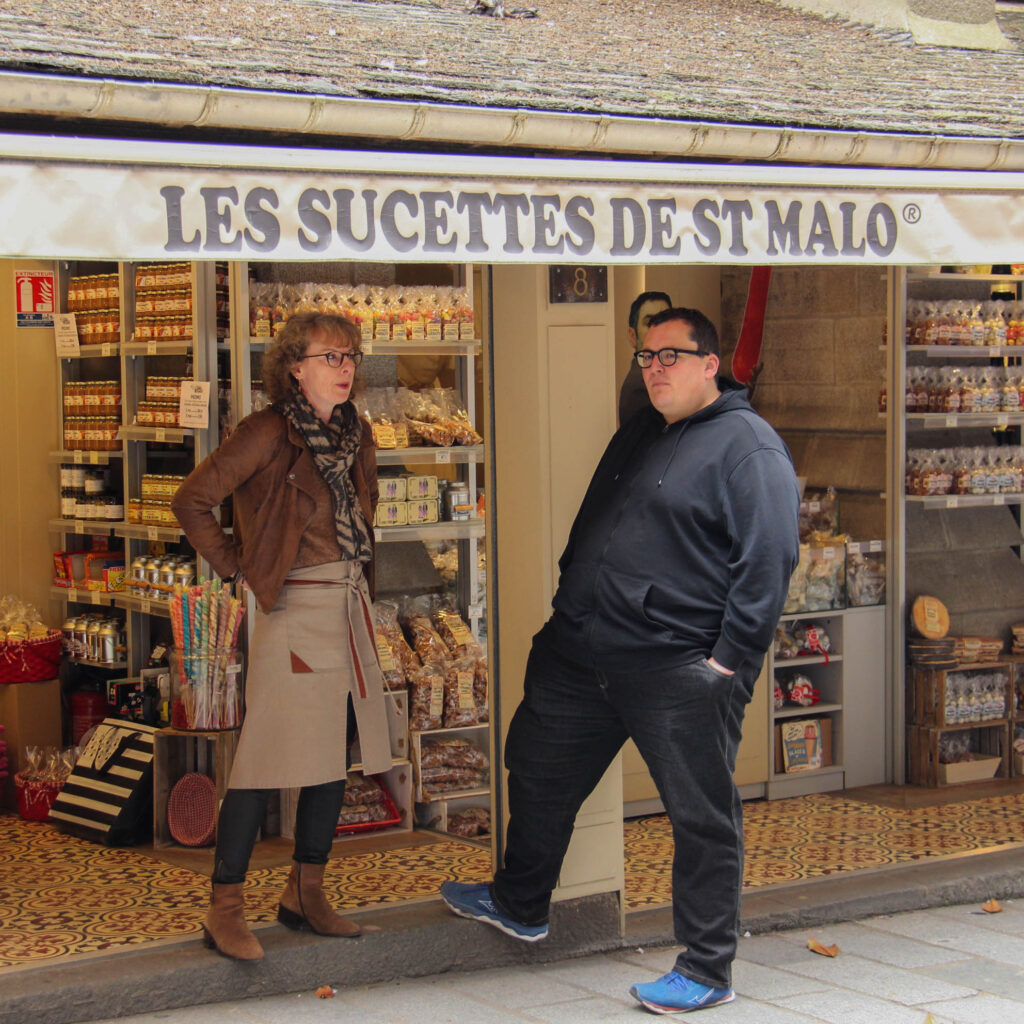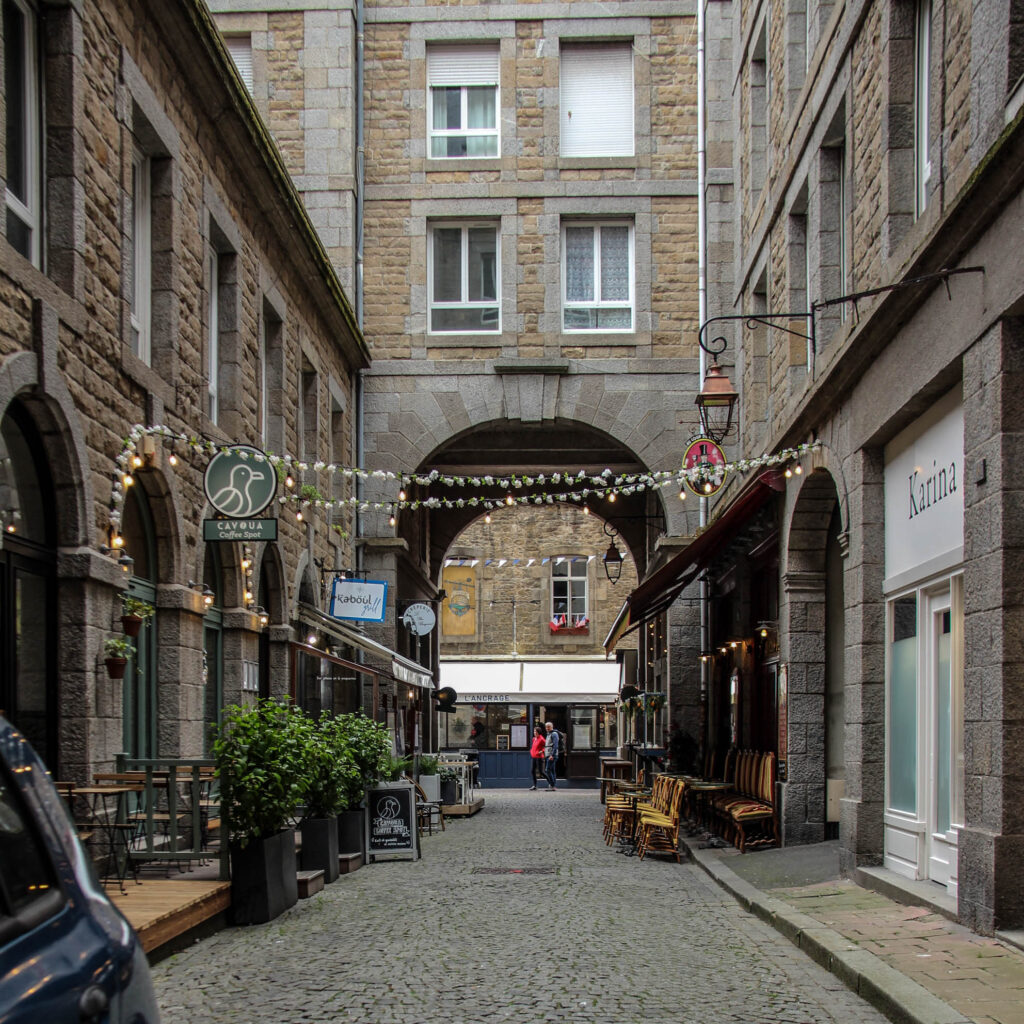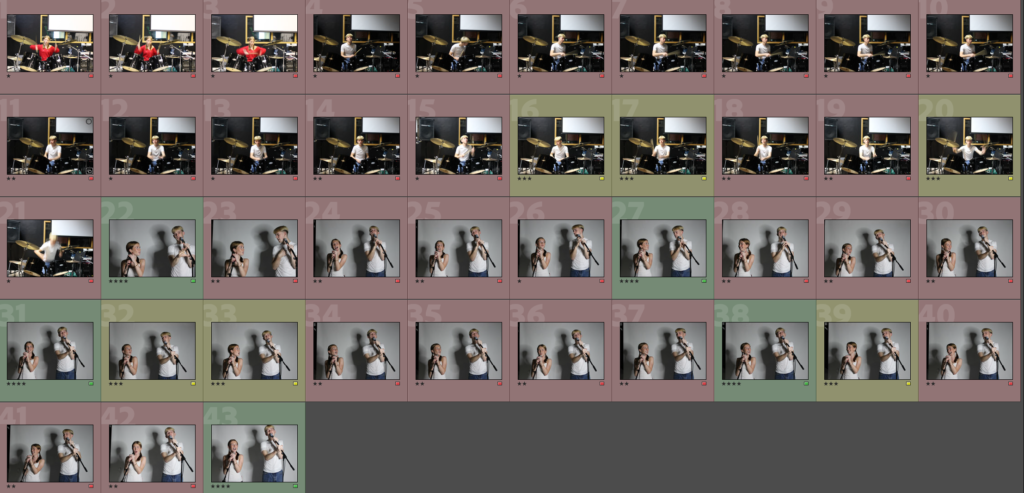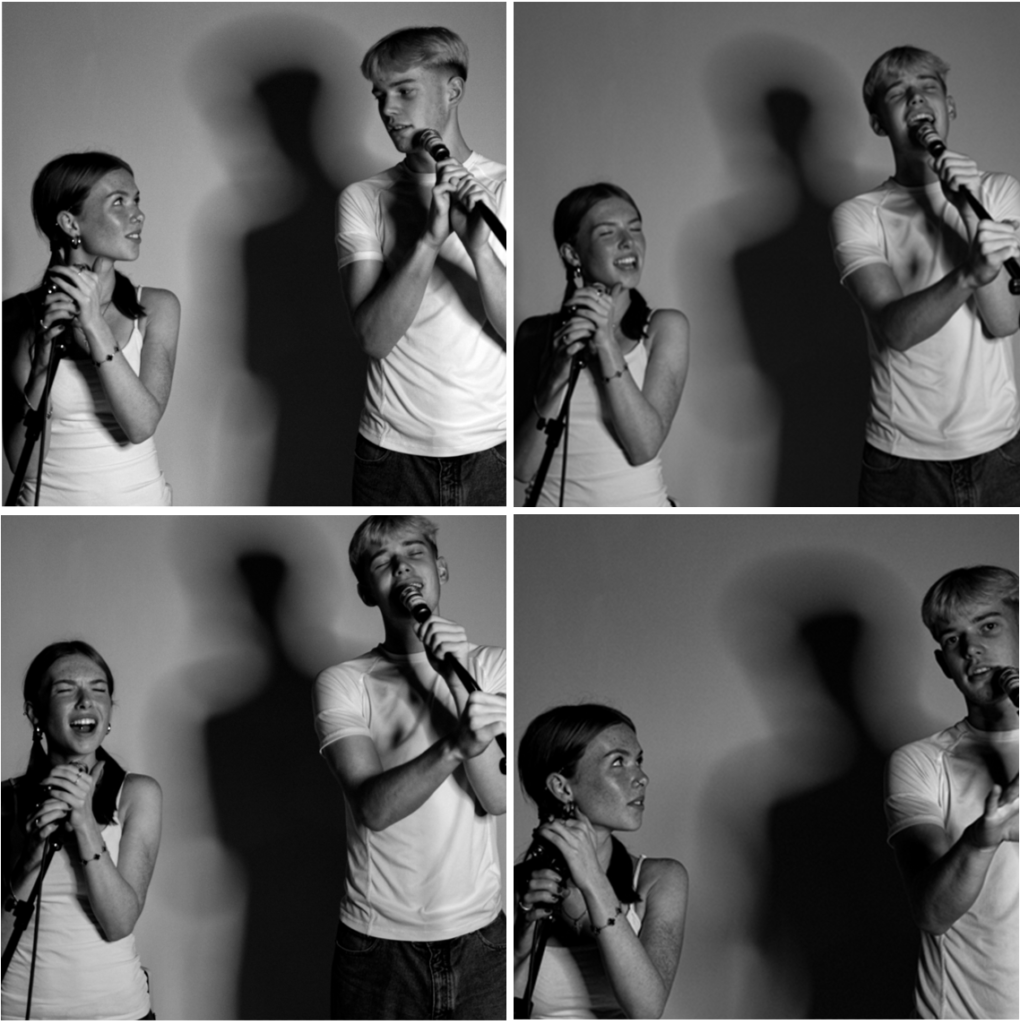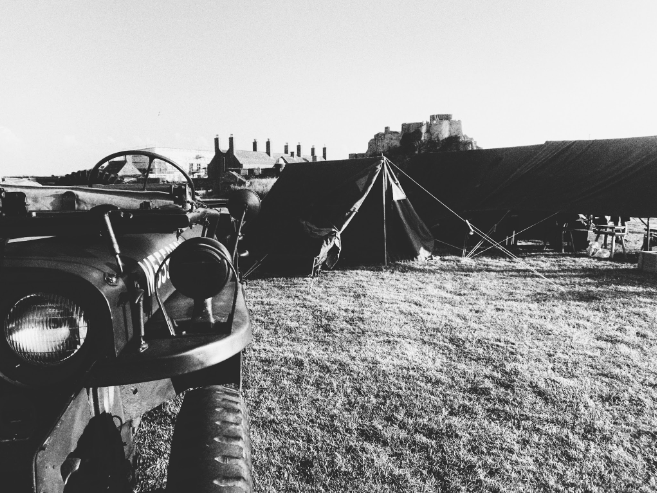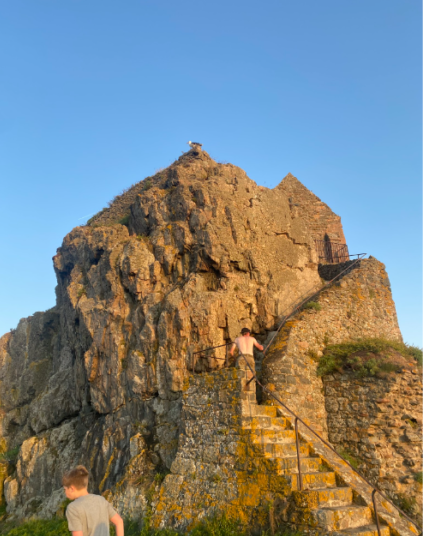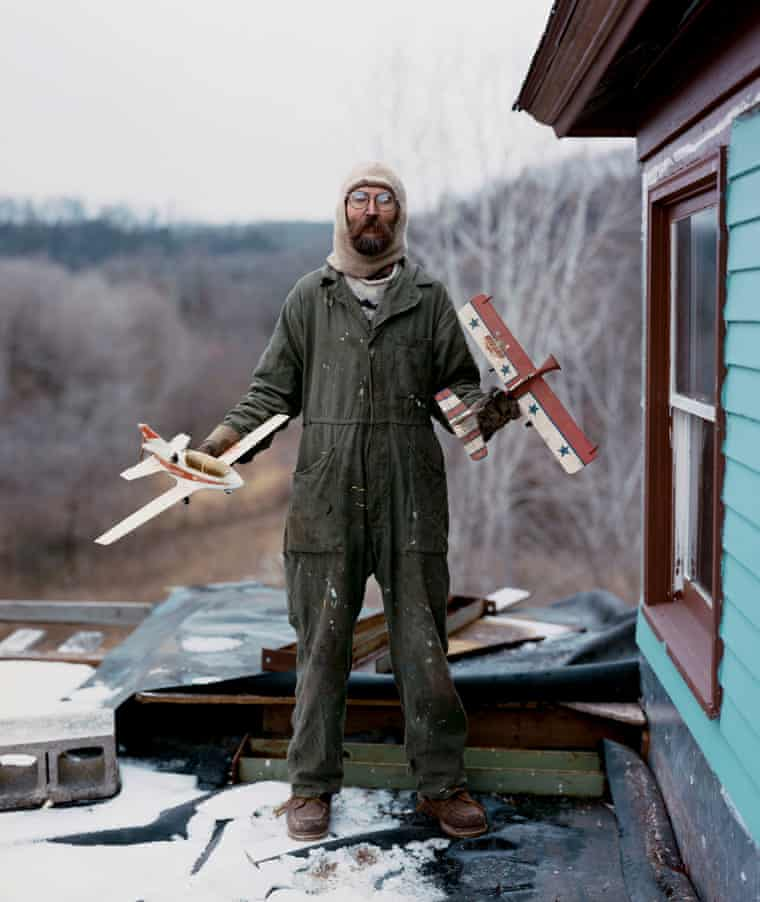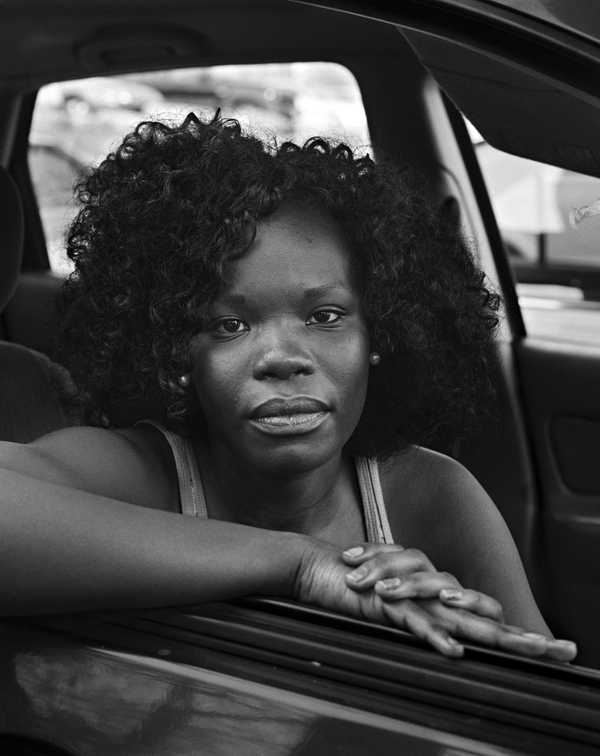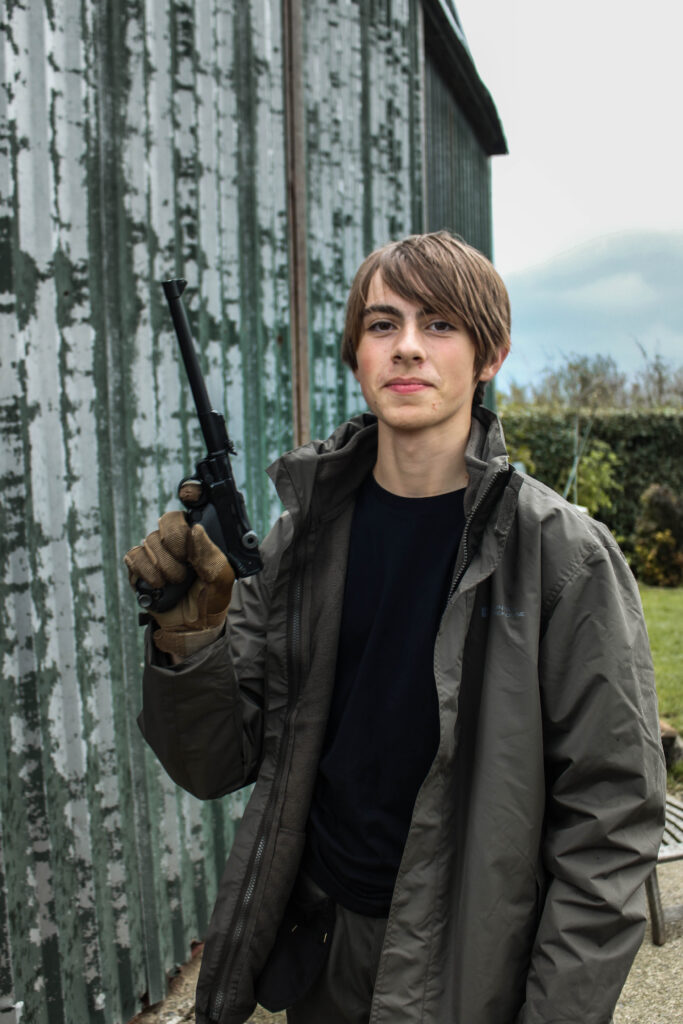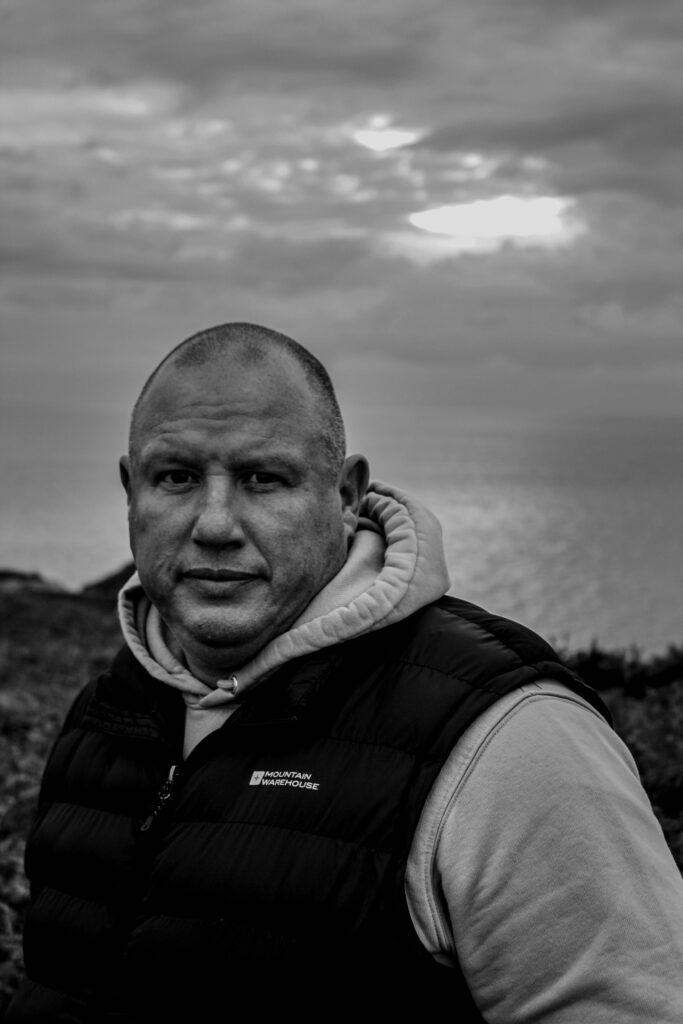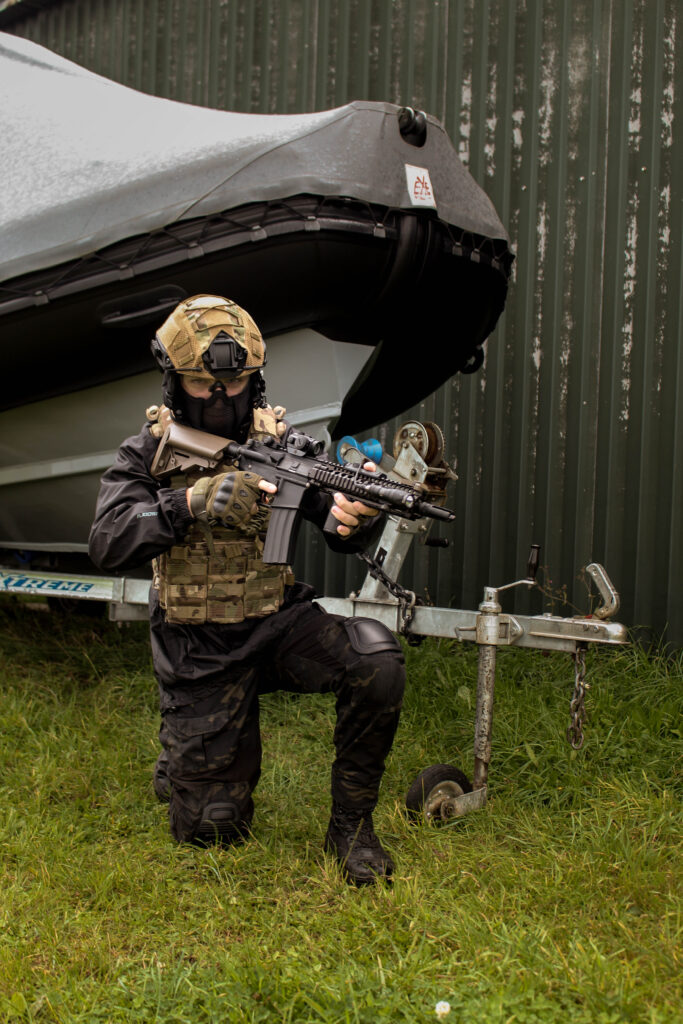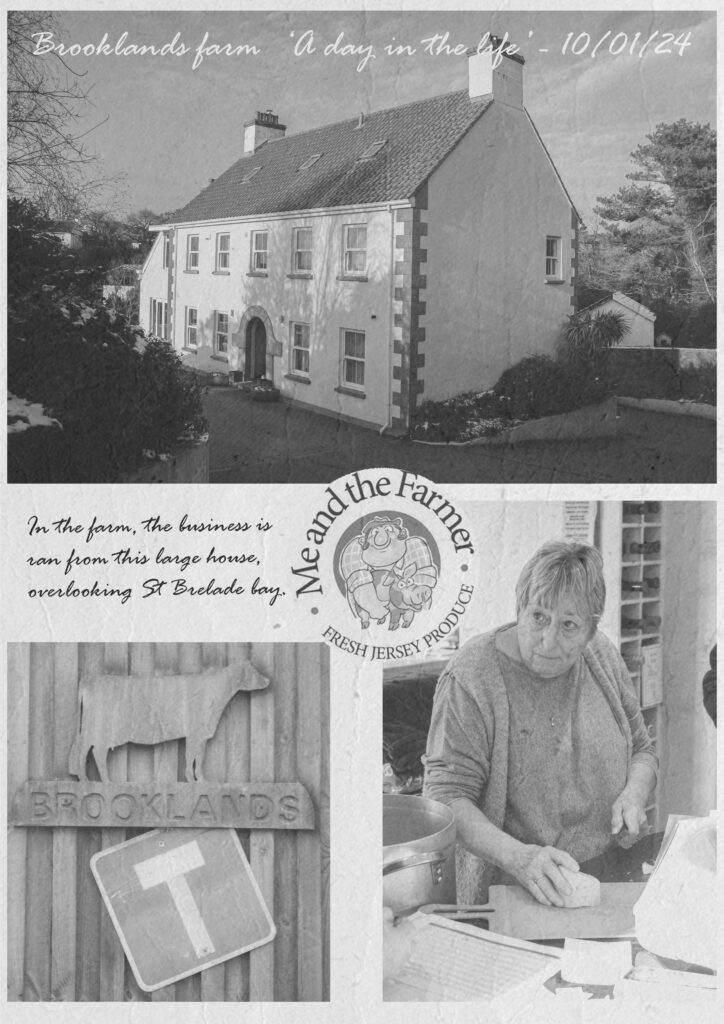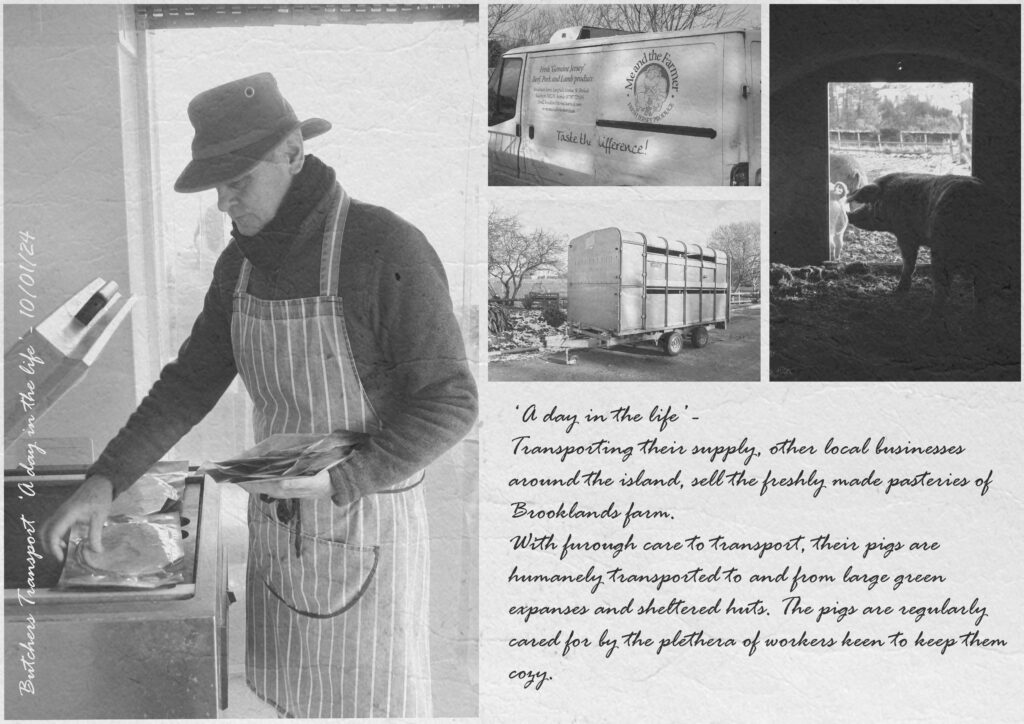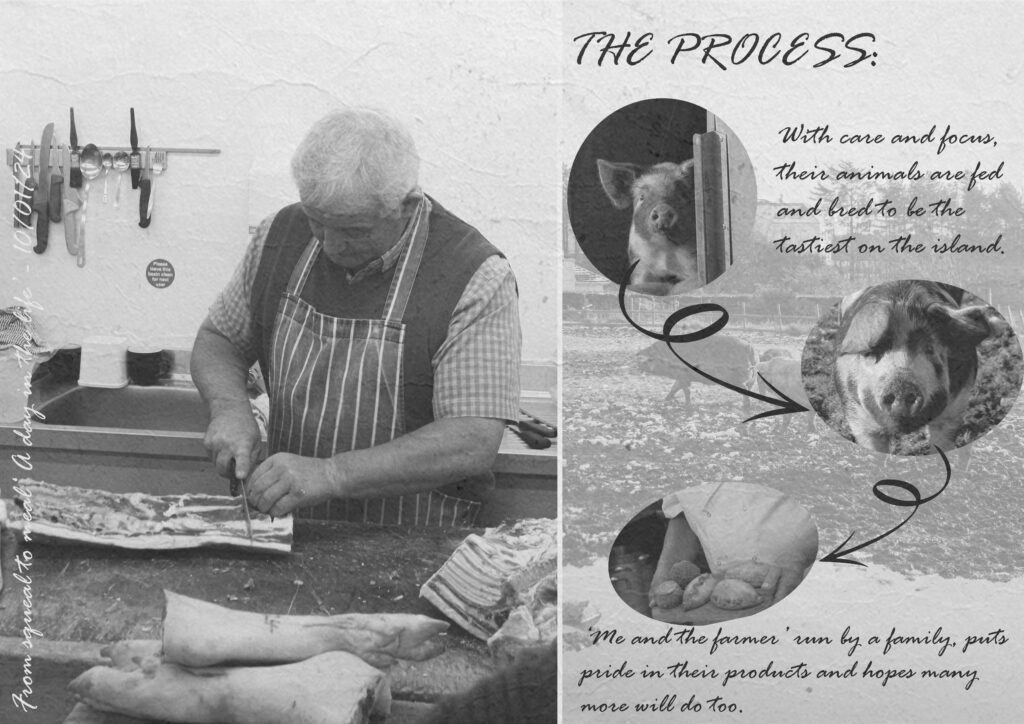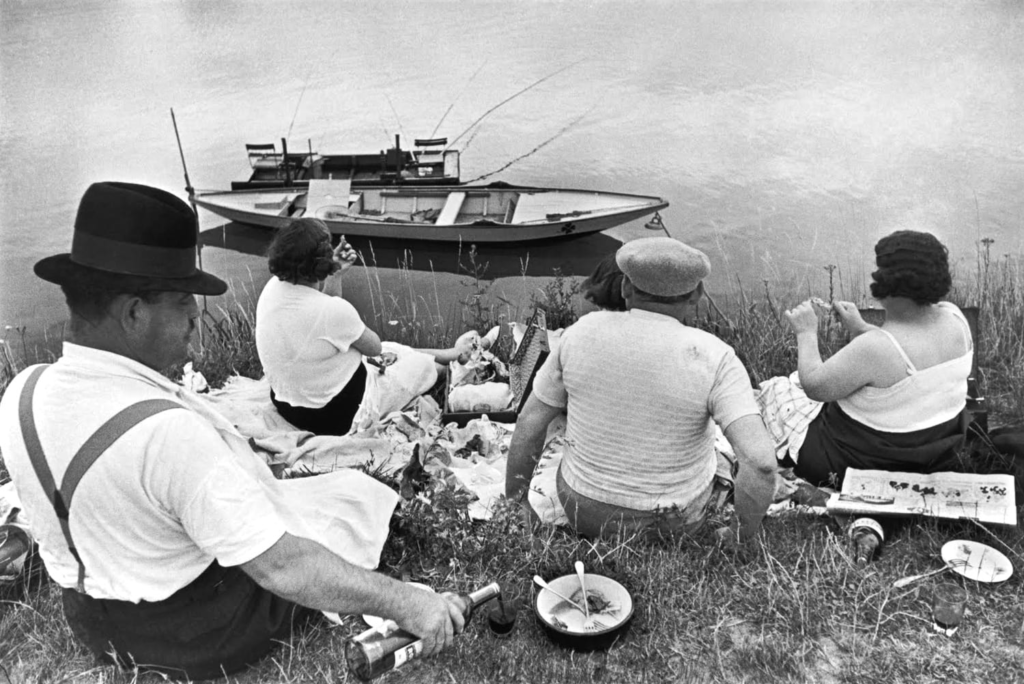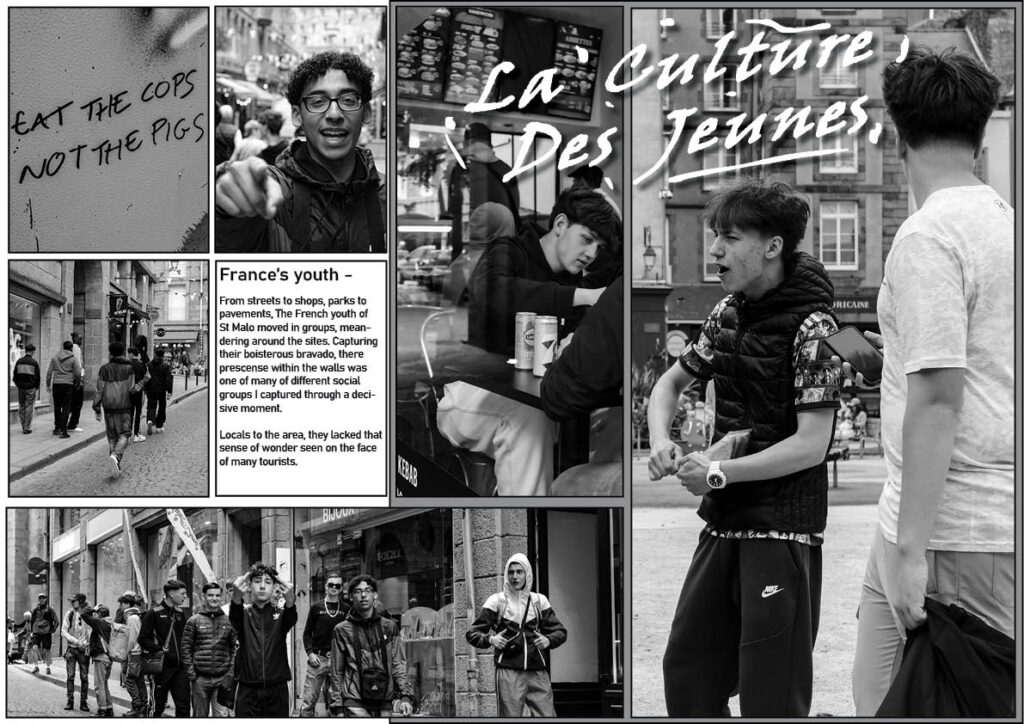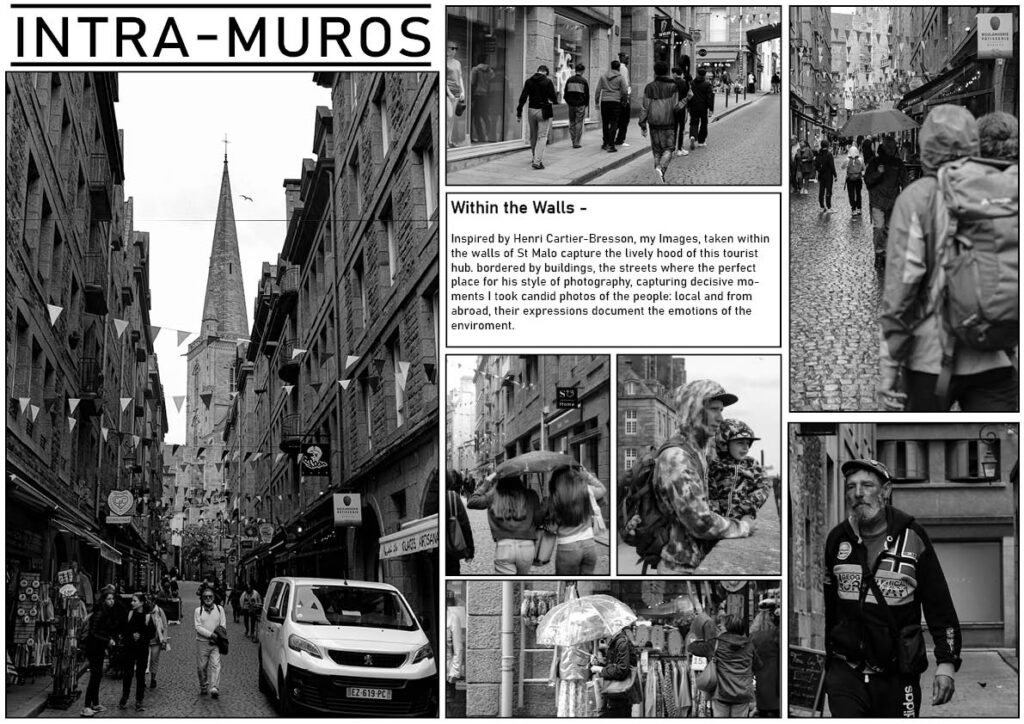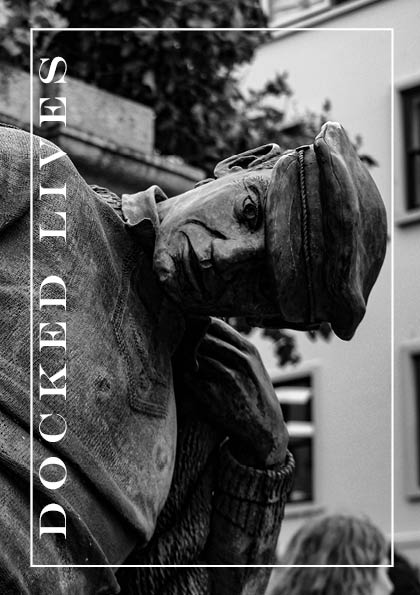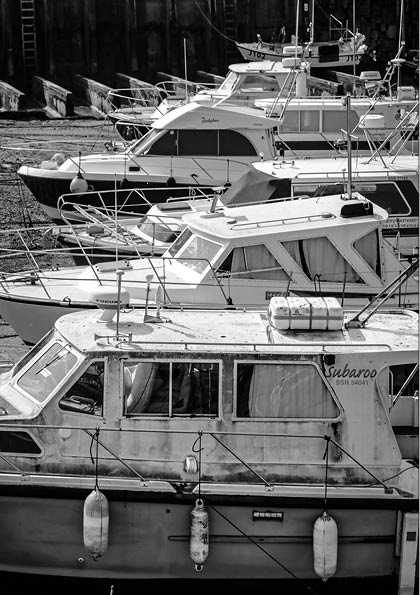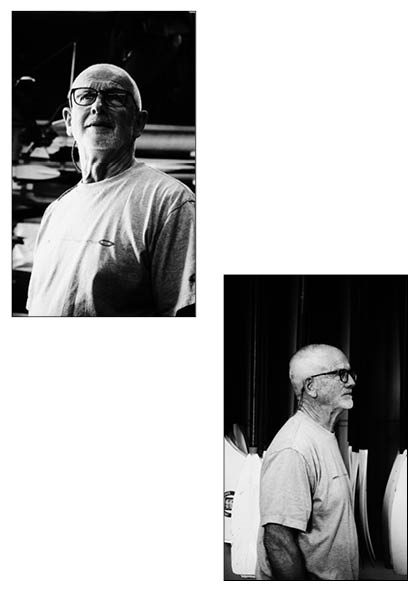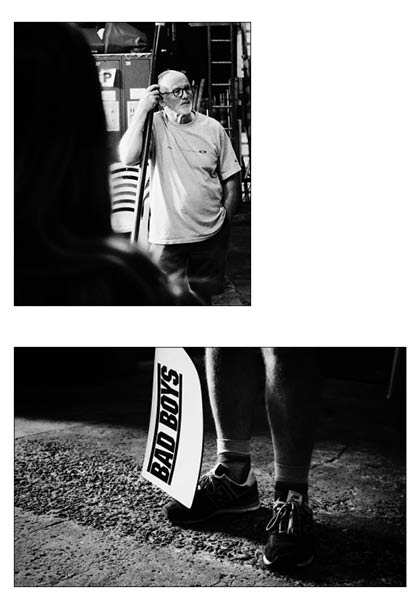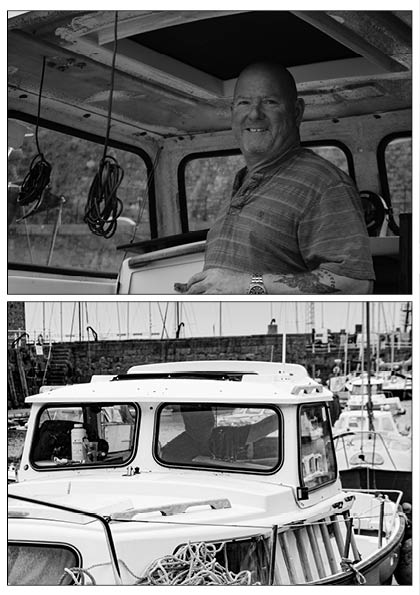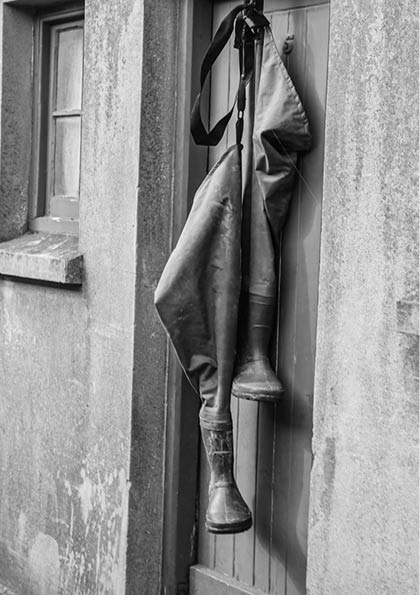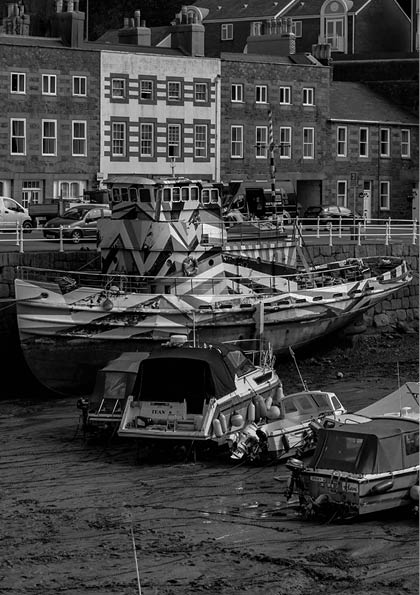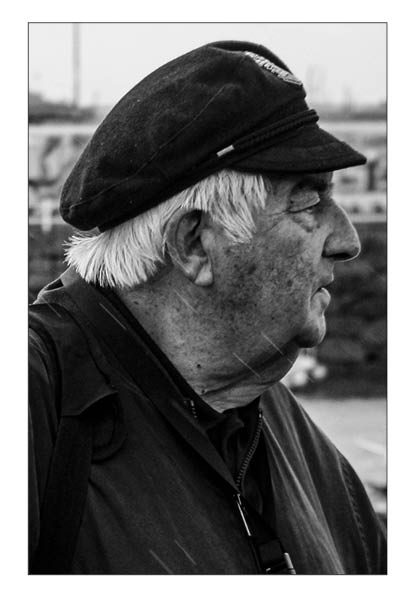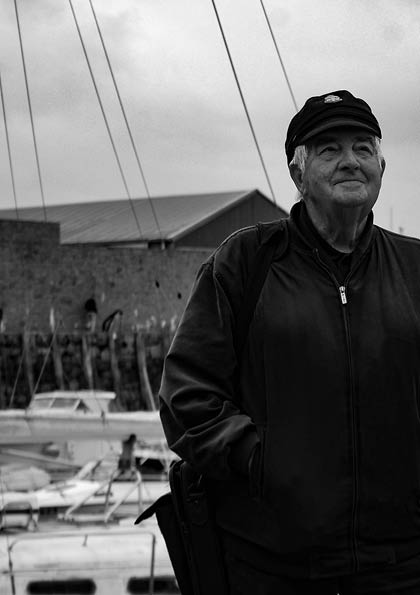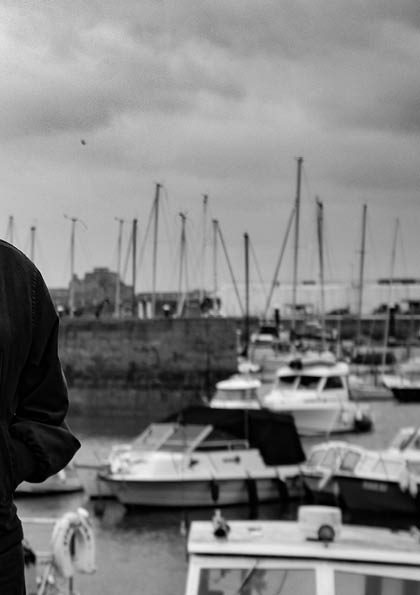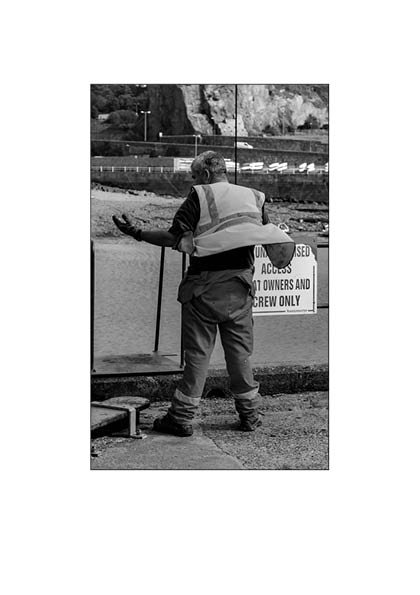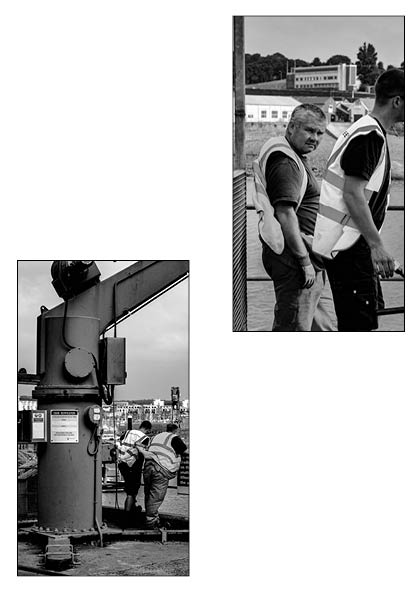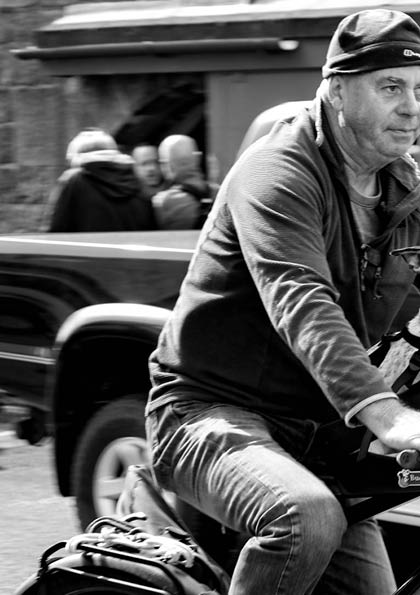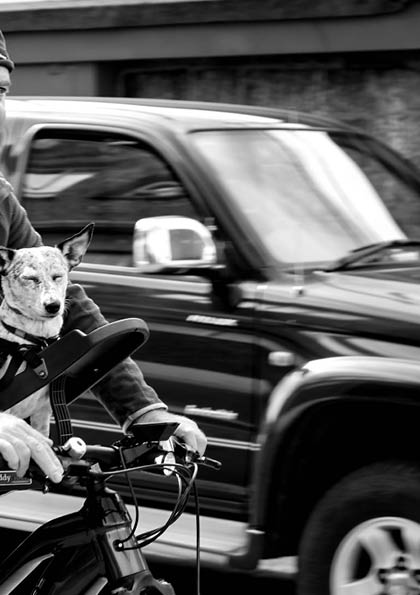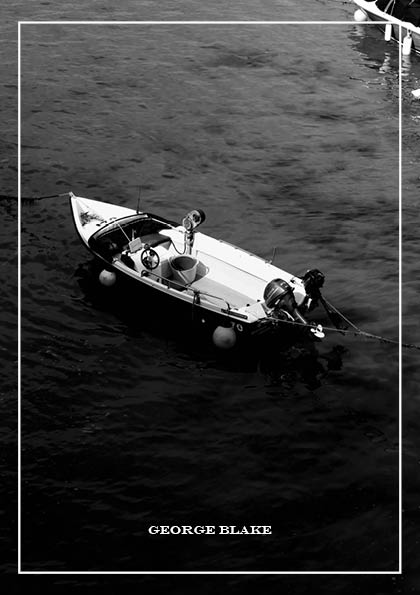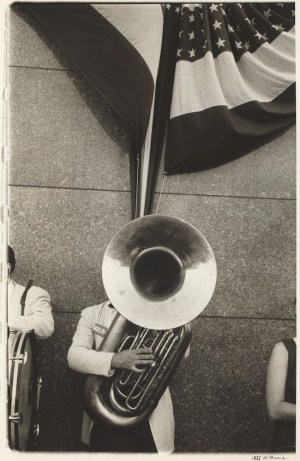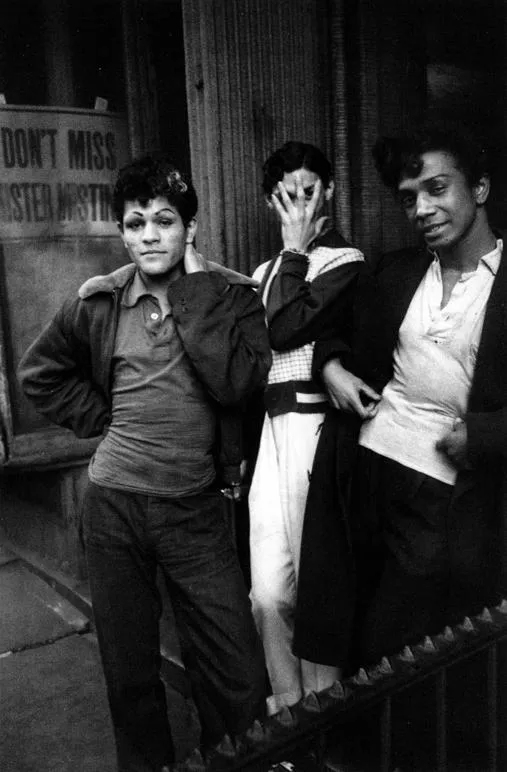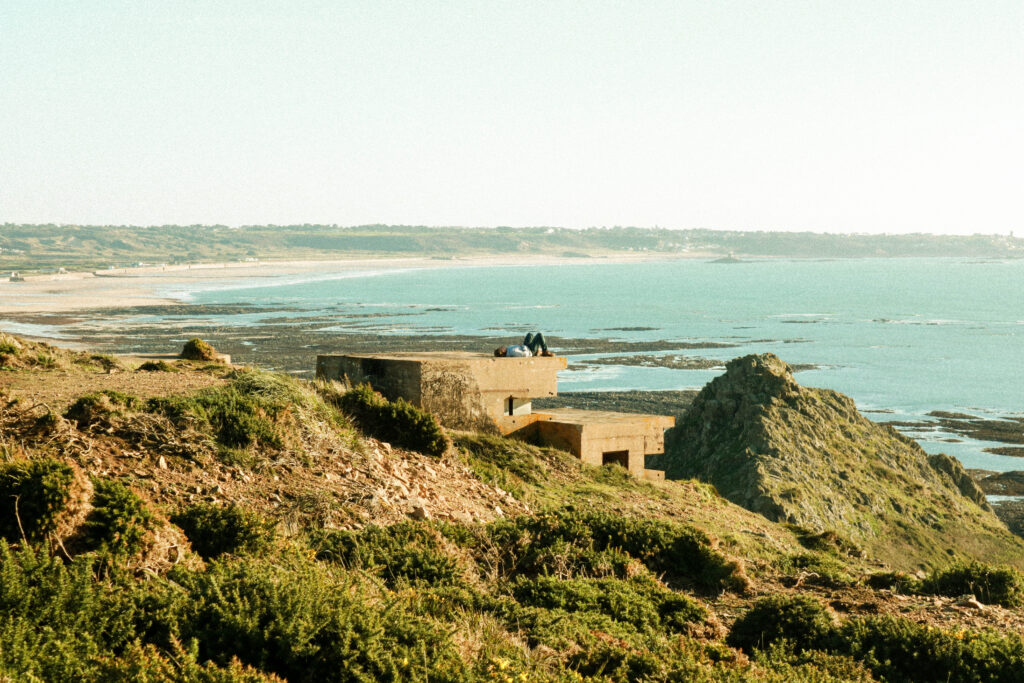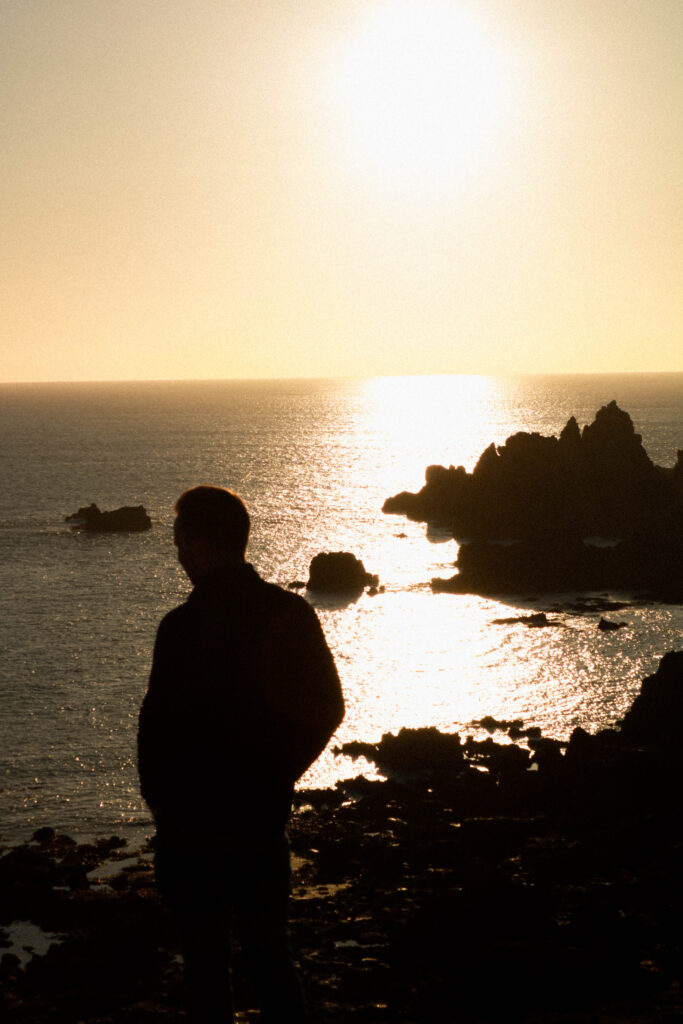Still Life
The first photoshoot that I did was on the topic of still life and nostalgia. Our summer task was on this topic so we brought in items that were nostalgic to us and were able to photograph them in different ways with different lighting. The items i decided on bringing were:
- Baby Book
- First pair of shoes
- Photo (Grandad, Brother and myself)
- Photo (My Brother and I)
I quite liked how this photoshoot for this topic turned out, the lighting was warm and brought across a nostalgic feeling which worked well. I think I did well with experimenting different things to include in the photoshoot by using different levels and objects such as the sheet.
Photos:
Portrait & Lighting
The next topic photoshoot was studio portraits where we focussed on the different types of lighting techniques such as Rembrandt, Butterfly and Chiaroscuro.
Rembrandt
Rembrandt lighting is a technique utilizing one light and one reflector or two separate lights. It can make images look dramatic but at the same time still natural. It’s usually characterized by a lit-up triangle underneath the subject’s eye
Butterfly
Butterfly lighting is a pattern in photography where the lighting sits above and pointing down on the subjects face. This creates a dramatic form of a shadow under the nose and chin which gives it a pattern on a butterfly. It is also given the name “paramount lighting” named for the Hollywood studio for how they lit up the actresses.
Chiaroscuro
Chiaroscuro lighting technique was used in films very commonly. It’s common that the lighting used is natural light coming for, certain places such as through a window or a gap where the sky is visible.
Femininity & Masculinity
This photoshoot was my favourite one to explore, shoot and edit. The artist I decided to focus on was Cindy Sherman who focussed on female stereotypes, She regularly alters her appearance beyond recognition through makeup, prosthetics, and costumes. To create her images, she assumes the multiple roles of photographer, model, makeup artist, hairdresser, and stylist. She becomes the character in the story she is attempting to portray through her images.
Mood Board of images
My photoshoot was focussed on female stereotypes and I picked the topic of dance which is stereotypically considered more of a female sport.
Romanticism
The characteristics of romanticism photos include a focus on individualism, an emphasis on nature, emotion over reason, freedom of form, an exploration of the Gothic and unknown, a return to the past, the awe and wonder, the idealization of women, the purity of childhood, and the search for subjective truth.
Many photos focus on tranquillity like a photo of a sunset or calm seas. As well as this, photos that focus on dramatic and dangerous conditions such as a stormy sky or rough seas are also very popular when it comes to romanticism.
I liked this photoshoot but I struggled to take as many as I did on other photoshoots so it wasn’t my favourite.
The artist I focussed on was Ansel Adams who was the most important American landscape photographer and environmentalist who created famous black and white photographs mostly based in the American West.
My inspired images:
Urban/industrial photoshoots
This photoshoot was done as a class during our lesson time. the location was harve de pas swimming pool and round to La Collette. I think these locations were good as it gave you different variations of building types and sceneries. For example, we reached the modern built apartments which contrasted to the older buildings that stood behind them.
I enjoyed these photoshoots and editing them. The main edit I did was making most/ all of the images black and white because in my opinion the black and white works better with the theme of industrial theme.
Anthropocene
Anthropocene simply describes the time where humans had a substantial impact on the earth. The effects of human activities on Earth can be seen for example in biodiversity loss and climate change. Many people would link this with the effects of climate change as the warming of our atmosphere, air and oceans caused by using fossil fuels which are created by humans.
I researched two artists who were Michael Marten and Yves Marchand & Romain Meffre. I did a small shoot focussed on Michael Marten’s images. Marten’s interest in photography went towards natural changings of the earth and how the push and pull of tides create very different landscapes even though they are in the same place. He usually took the photos at about 6 or 18 hours apart.
Mood board of Michael Marten
My response
I then did my own shoot where I focussed on litter and pollution. I enjoyed this shoot because it was simple but still effective
Observe, Seek & Challenge (St Malo)
This shoot was done on a class trip to St Malo where we were focussing on observing other people and getting photos. The main focus was people and making sure this didn’t involve any posing as we needed the photos to be natural and unexpected like Henri Cartier-Bresson’s photos. I decided on editing many of my photos into black and white however kept some in their original form as I didn’t want to do everything in black and white. My photos include both camera photos and also photos taken on my phone.
I really enjoyed this photoshoot because it focussed on people rather than still images of landscapes or objects. I think taking photos of people is much more interesting as you can interpret the image in different ways and observe other people and see what they do in their day to day life.
Harbour & Maritime Museum
The photoshoot of the harbour included many different areas which meant I was able to get a large range of images. This included the new harbour and the old harbour. personally I prefer the old harbour photos and I also put some of them in black and white to match the more older theme to the photo.
I think this was one of my least favourite shoots as it was something that didn’t interest me like observing others, focussing on people did.


